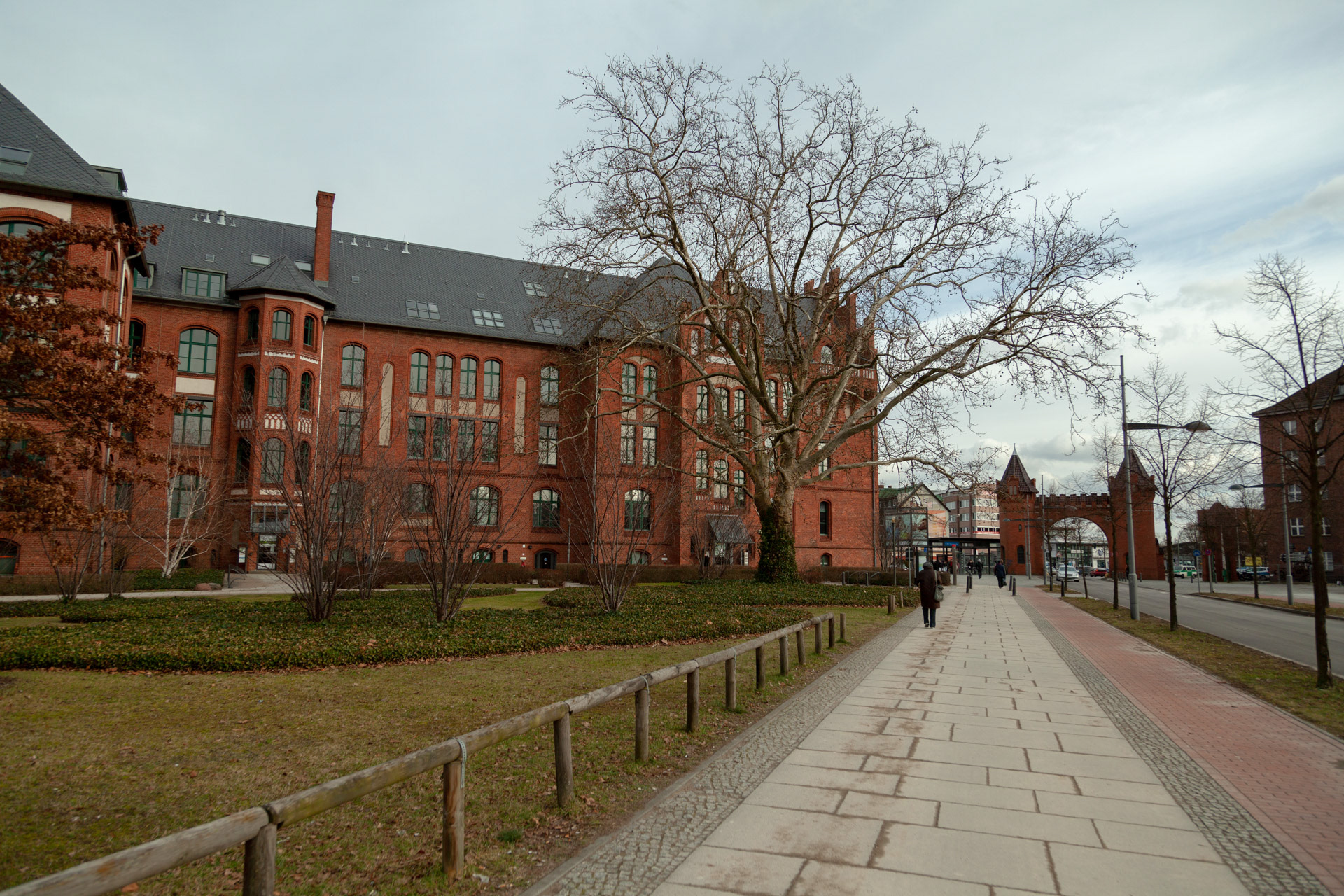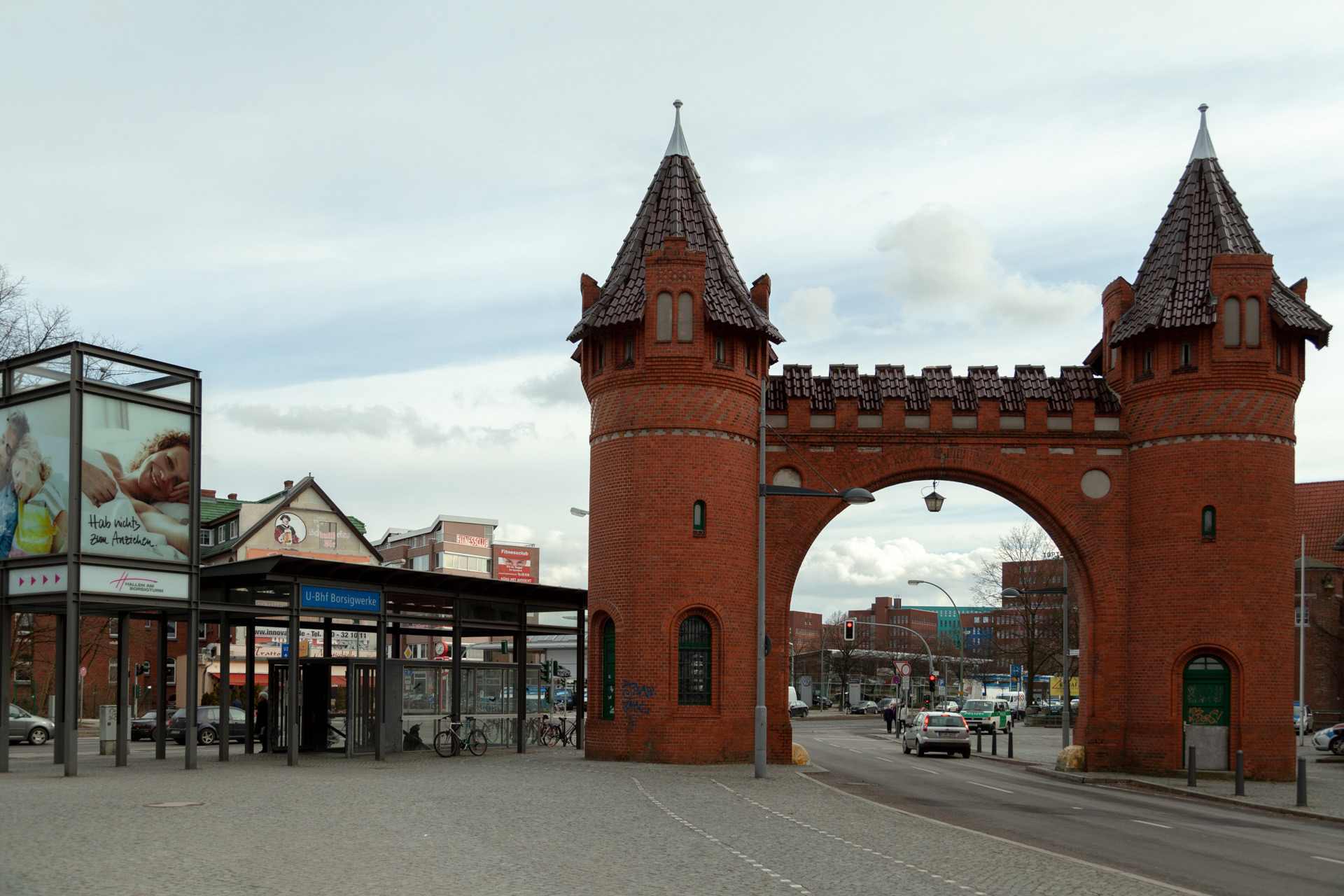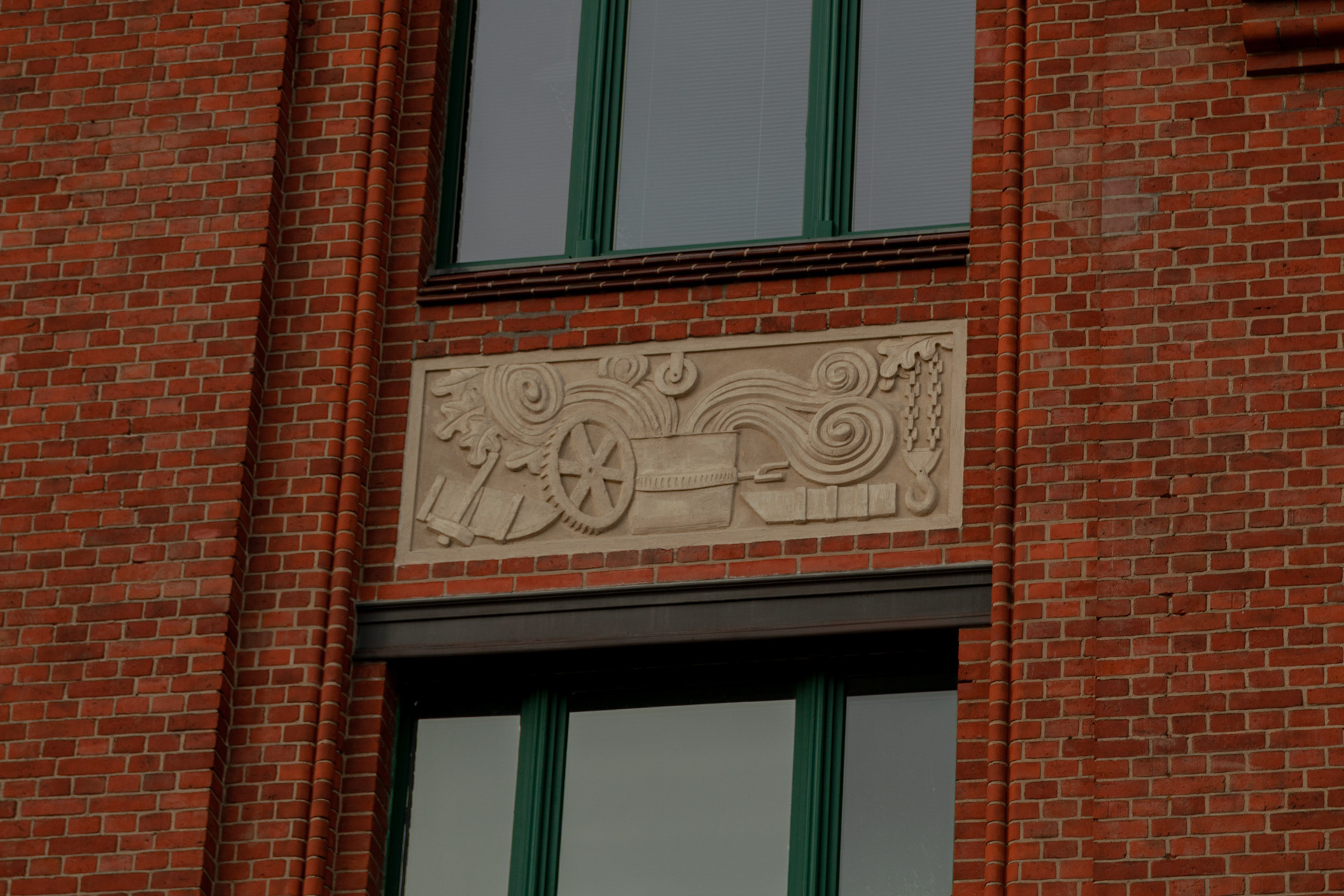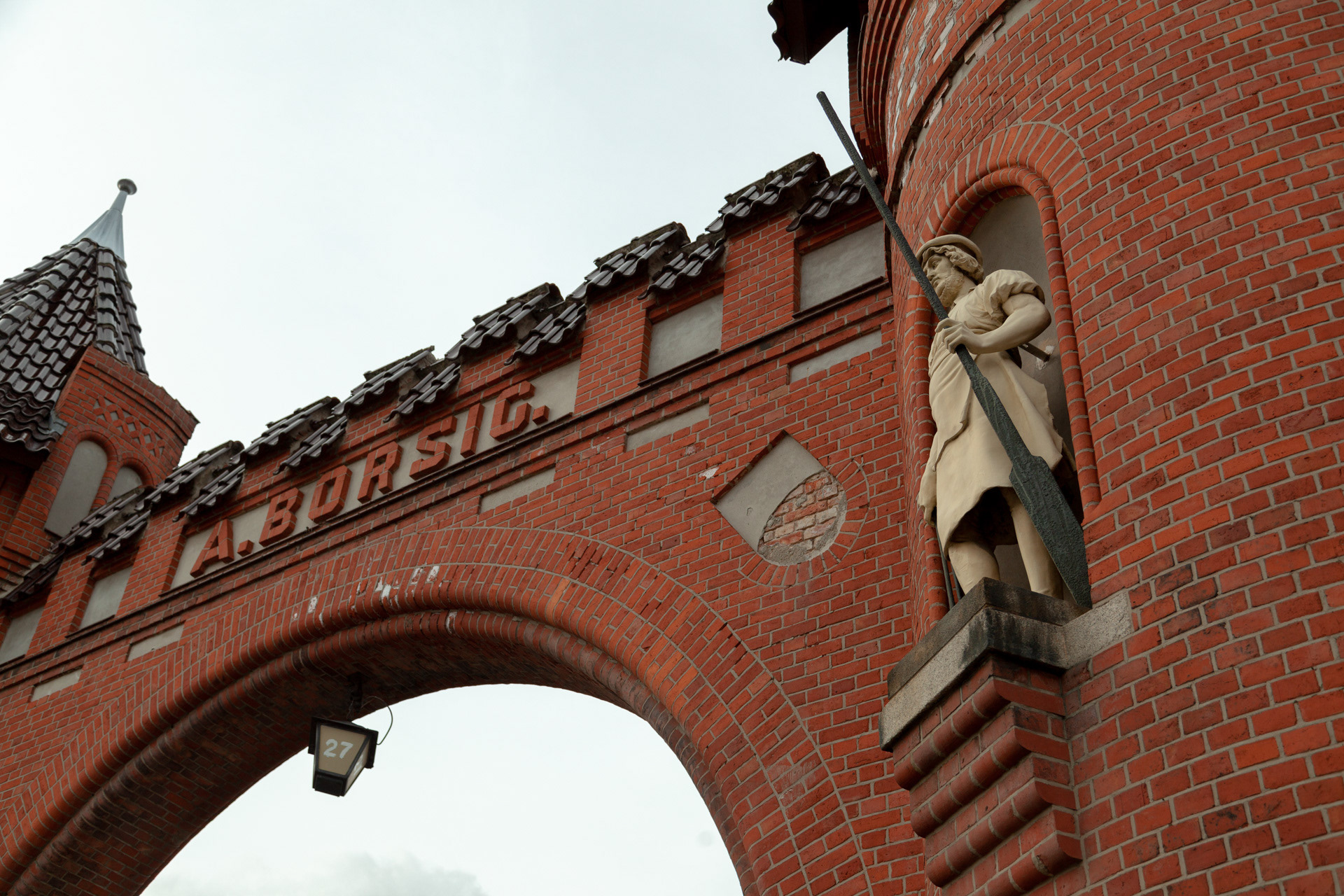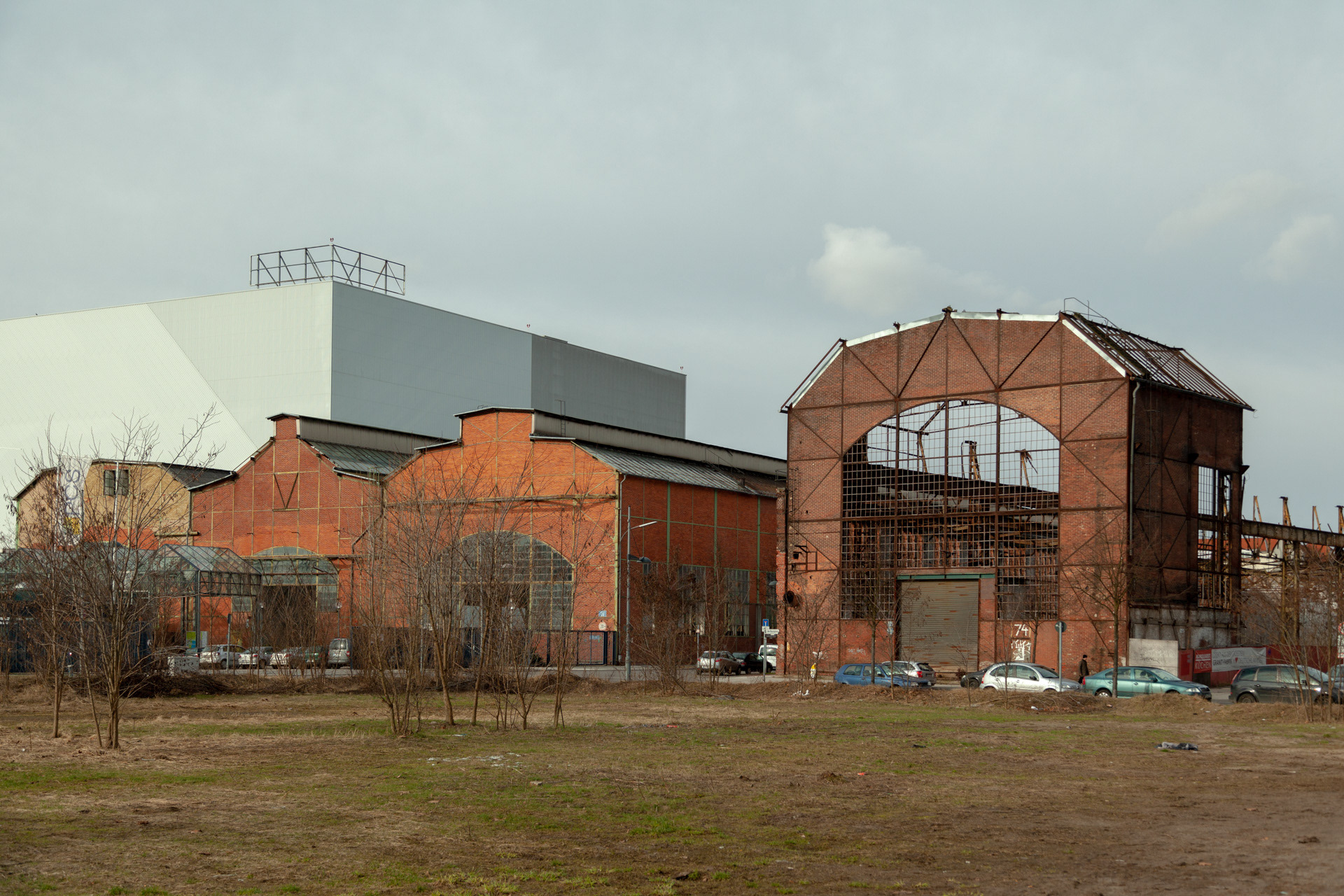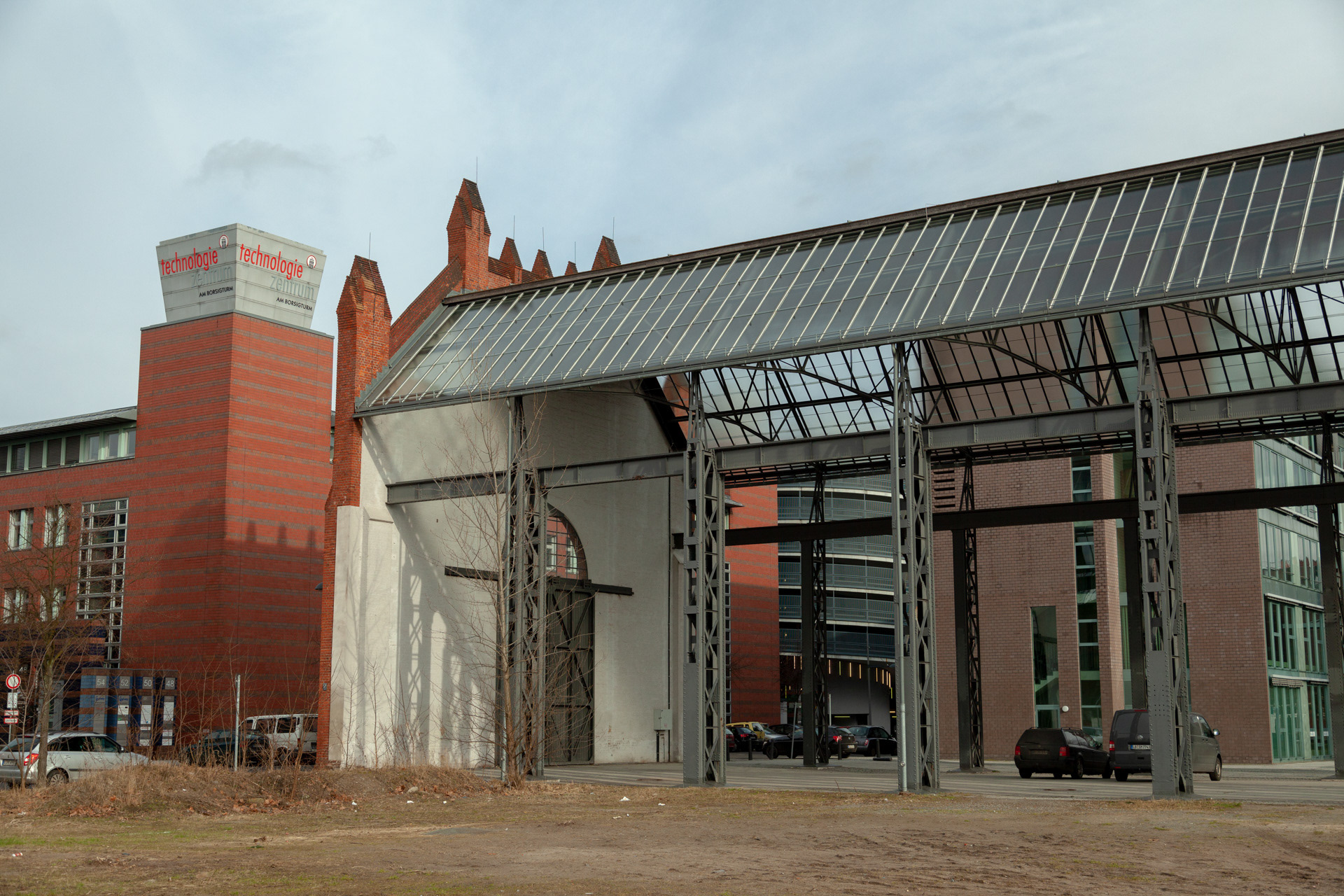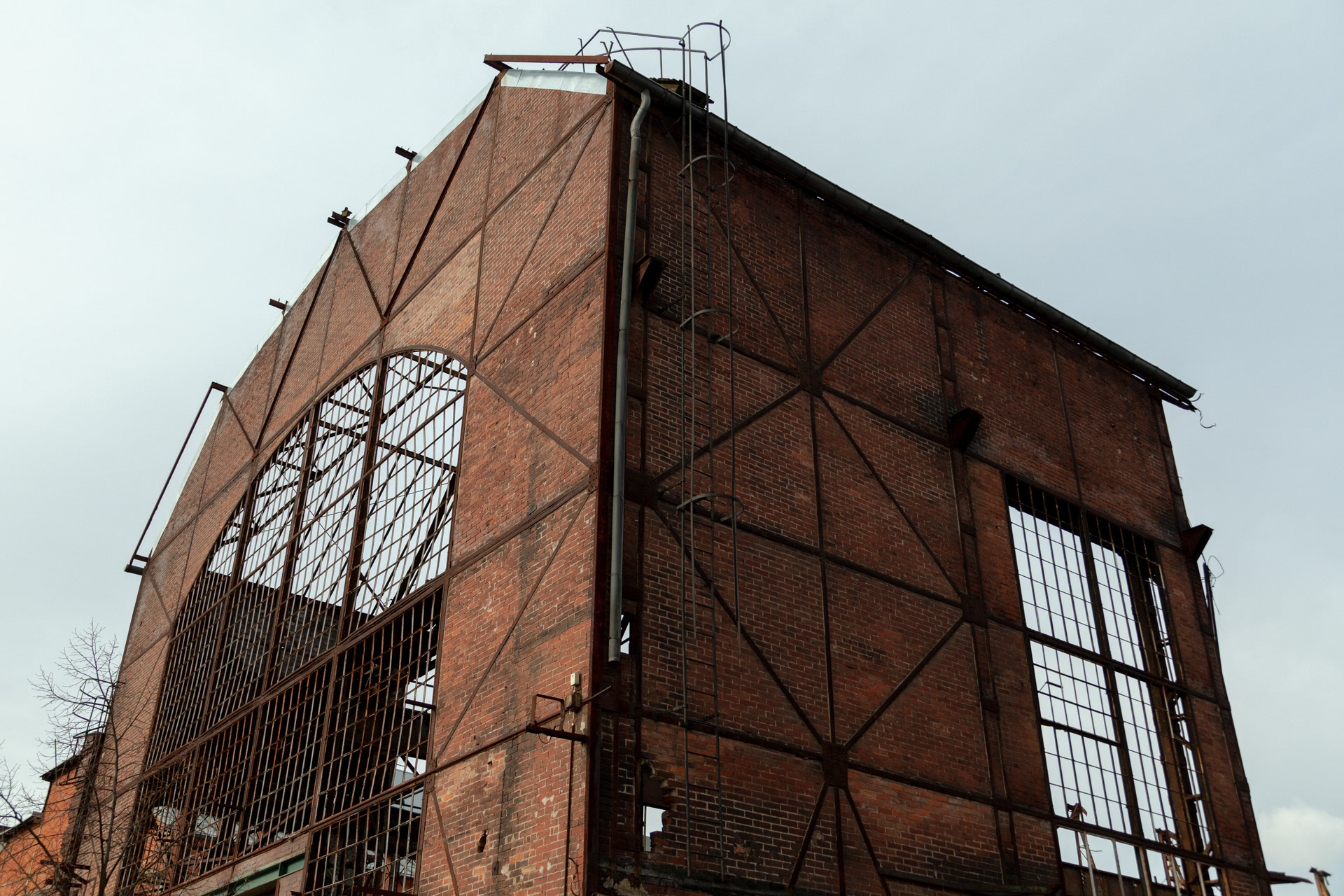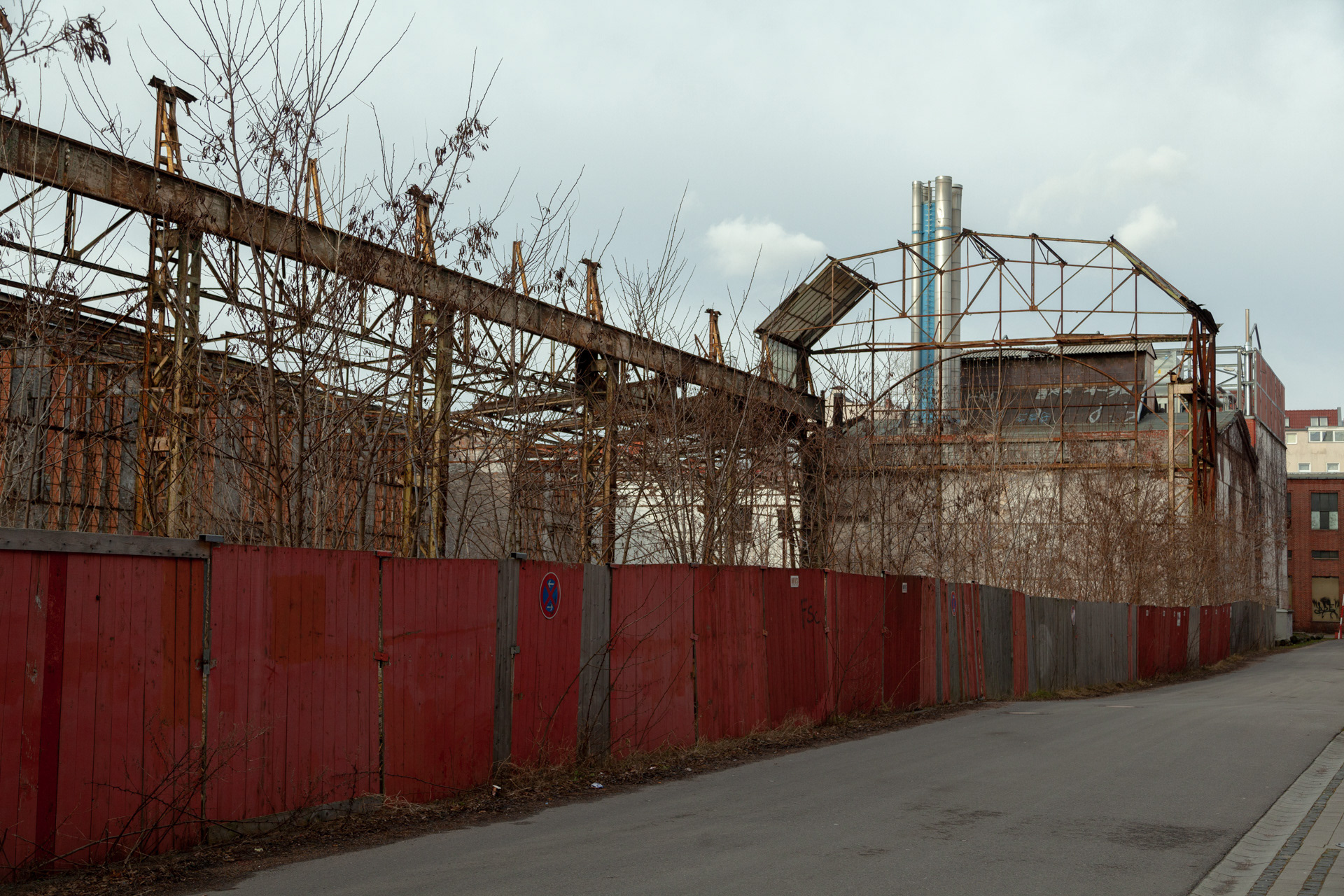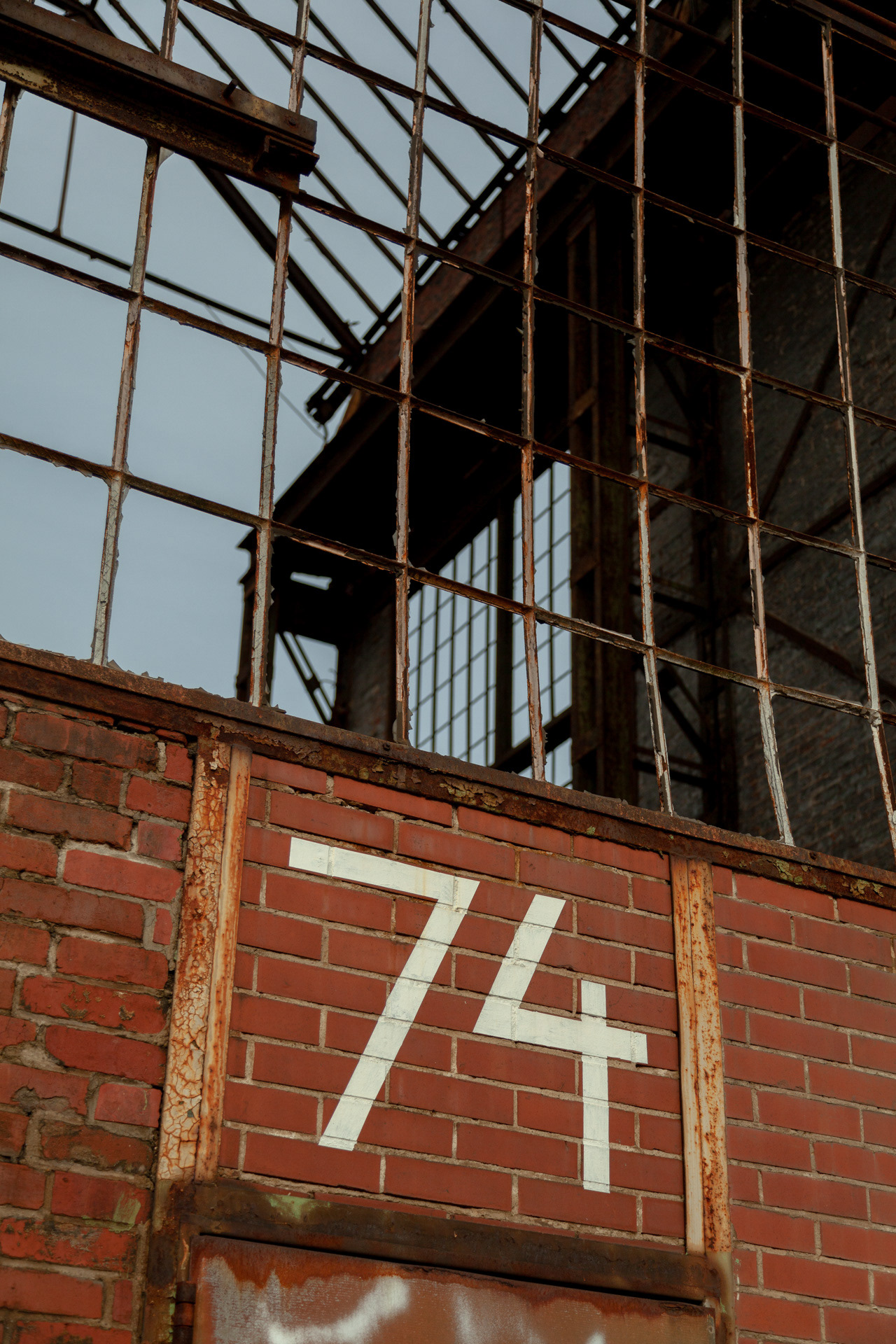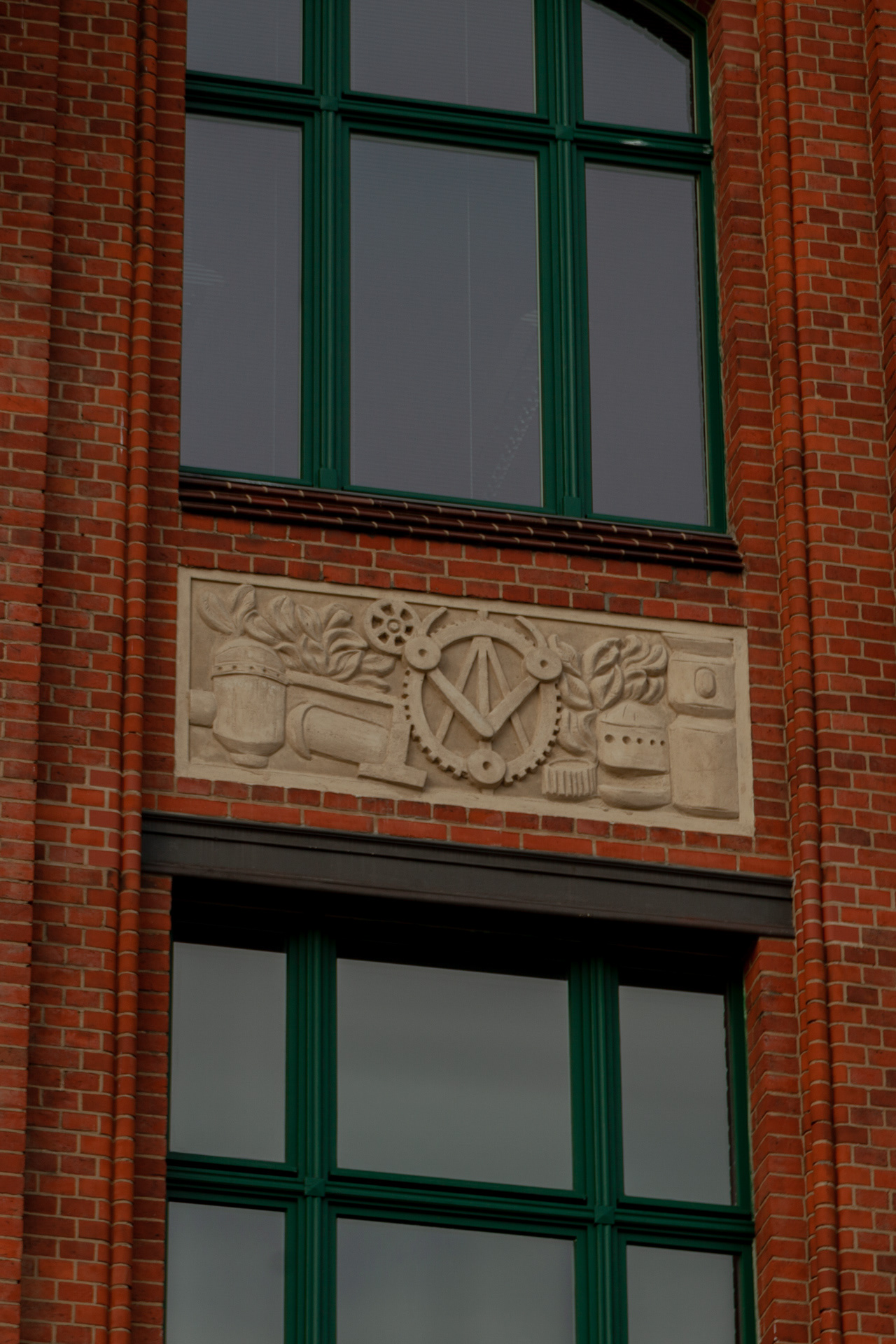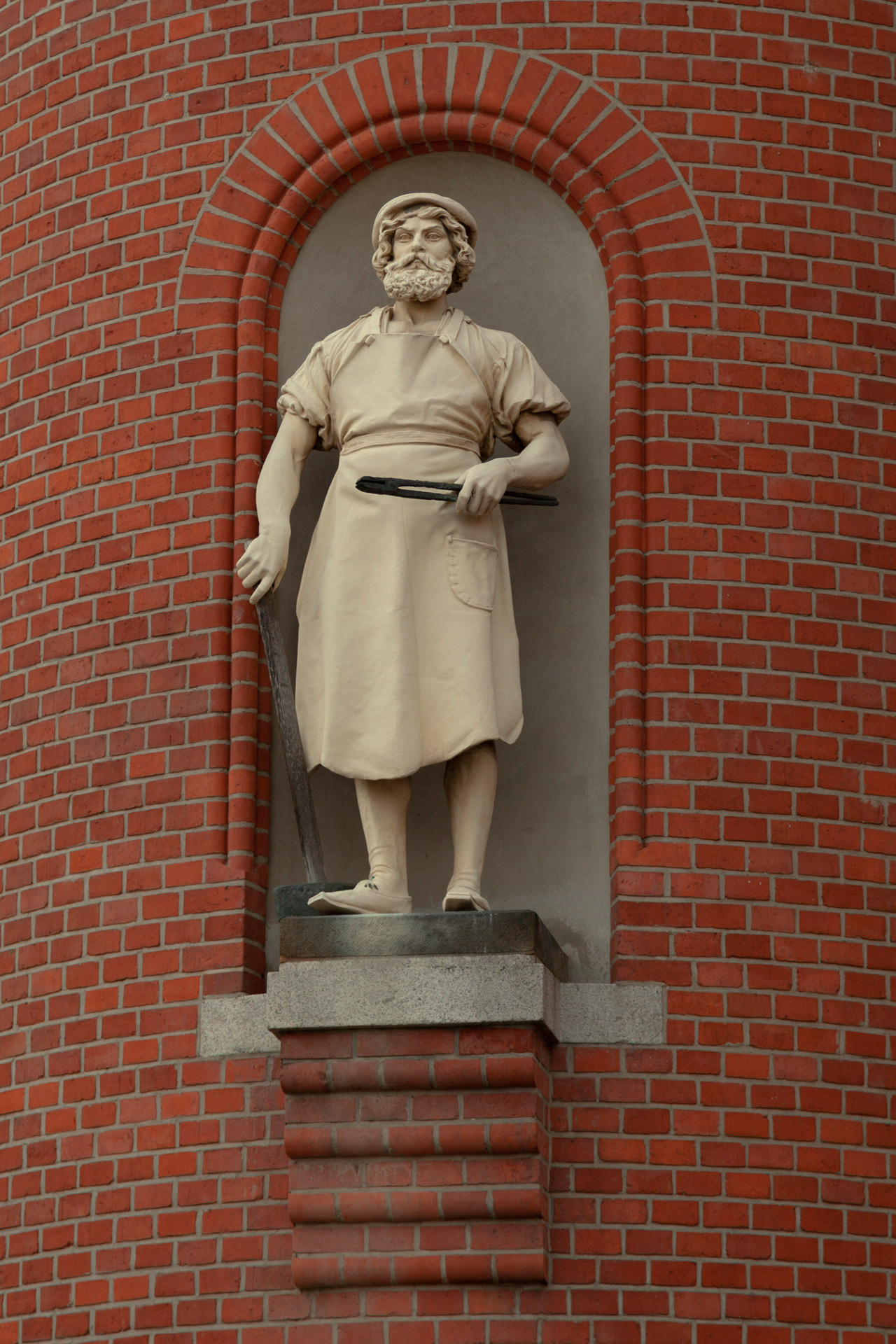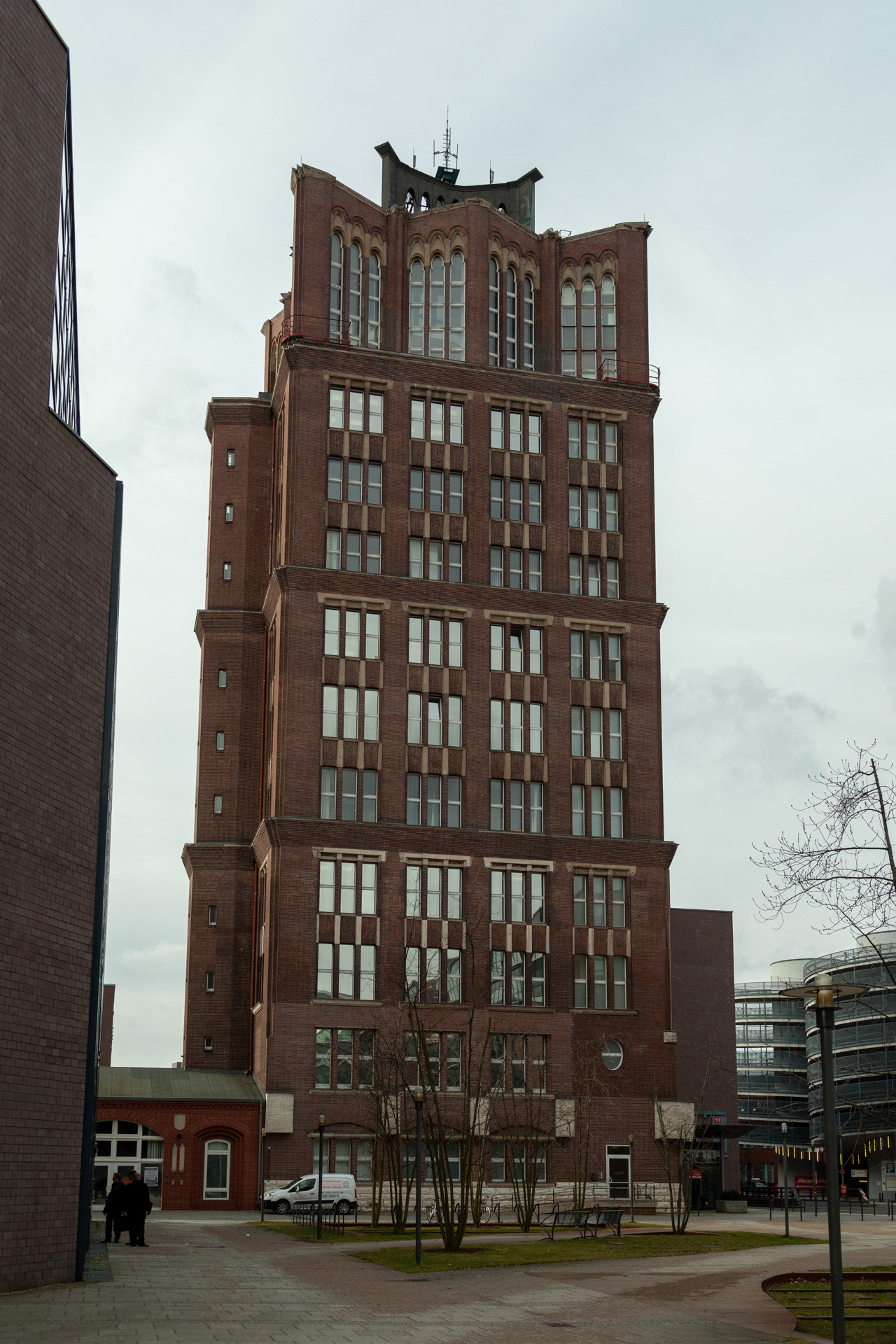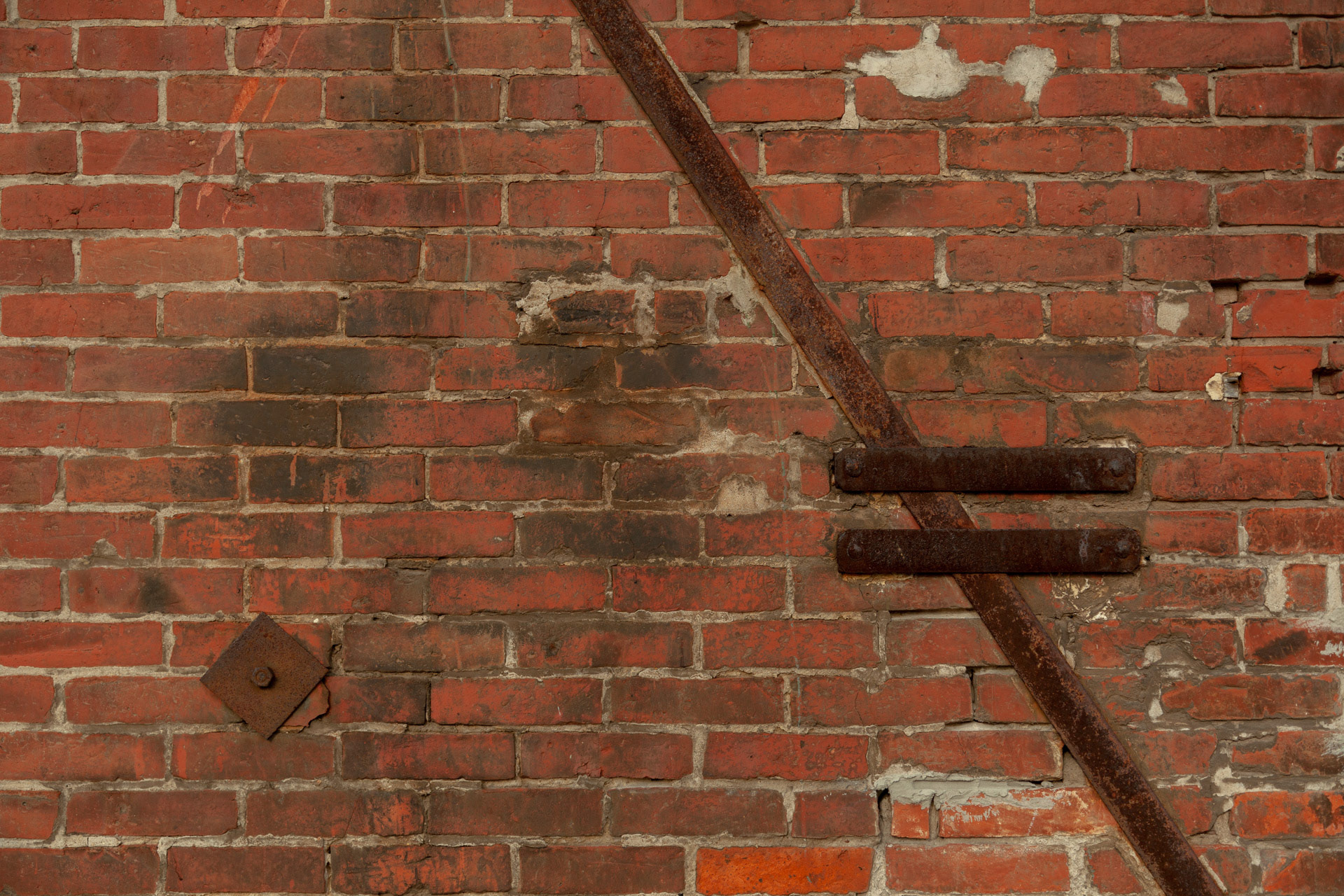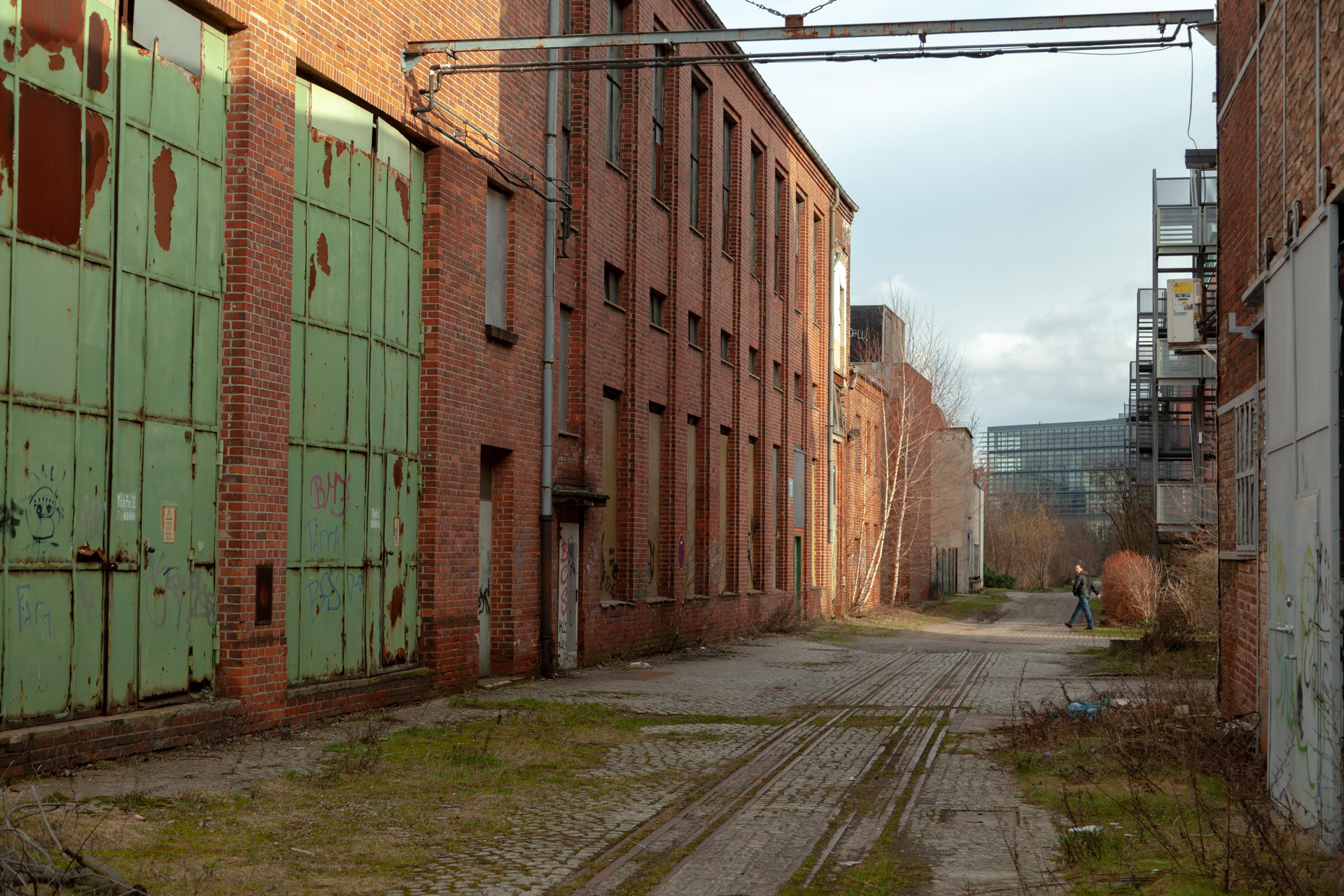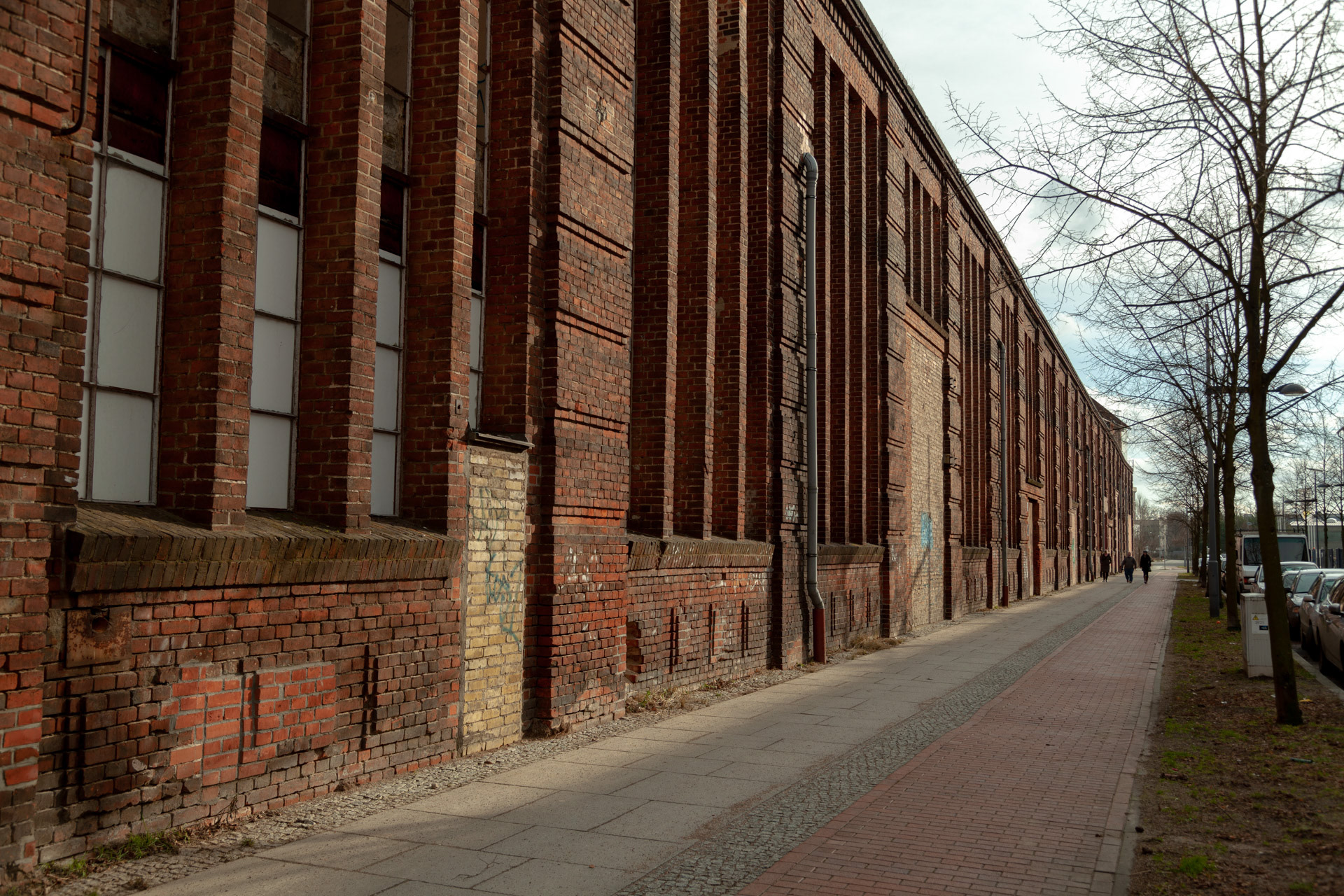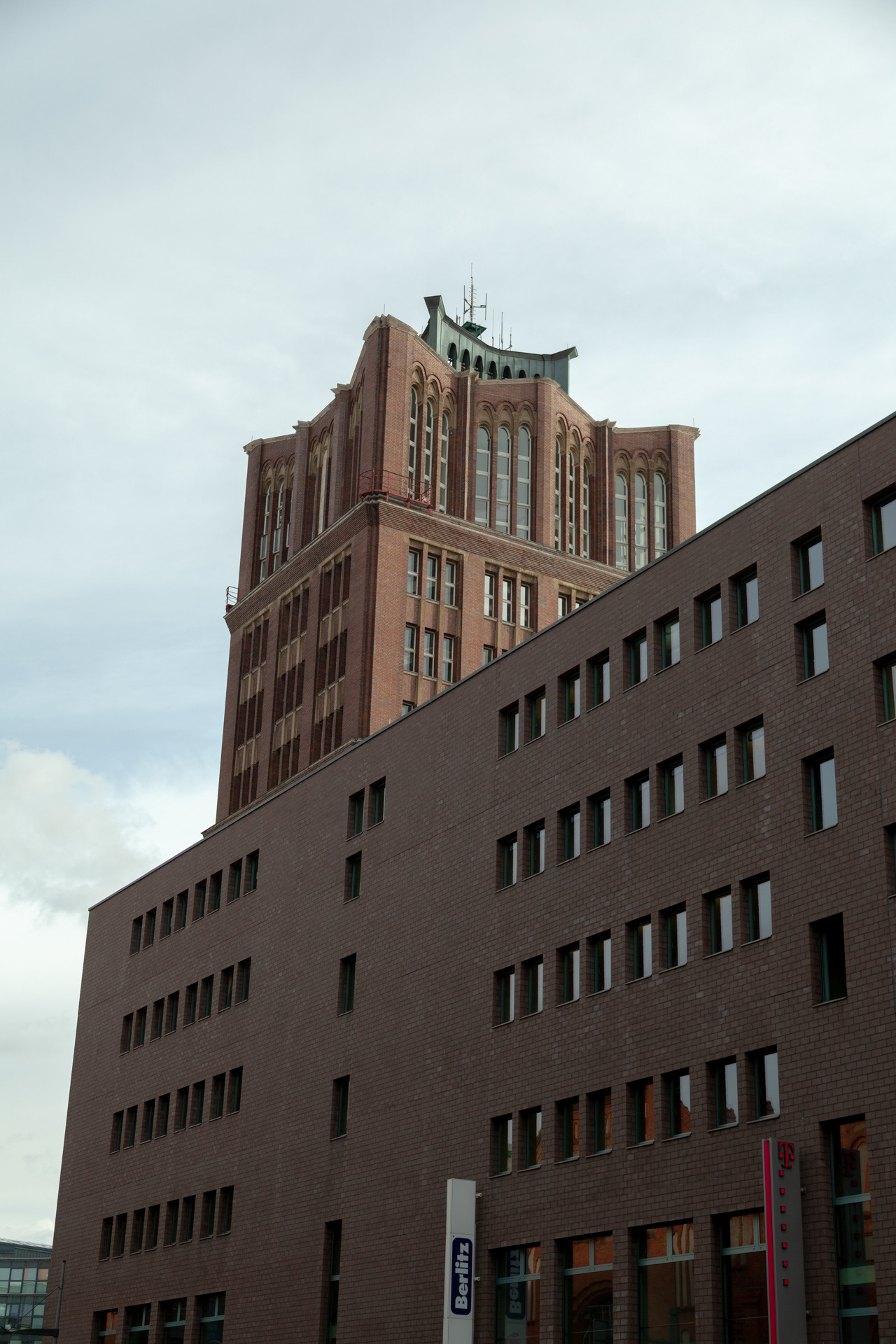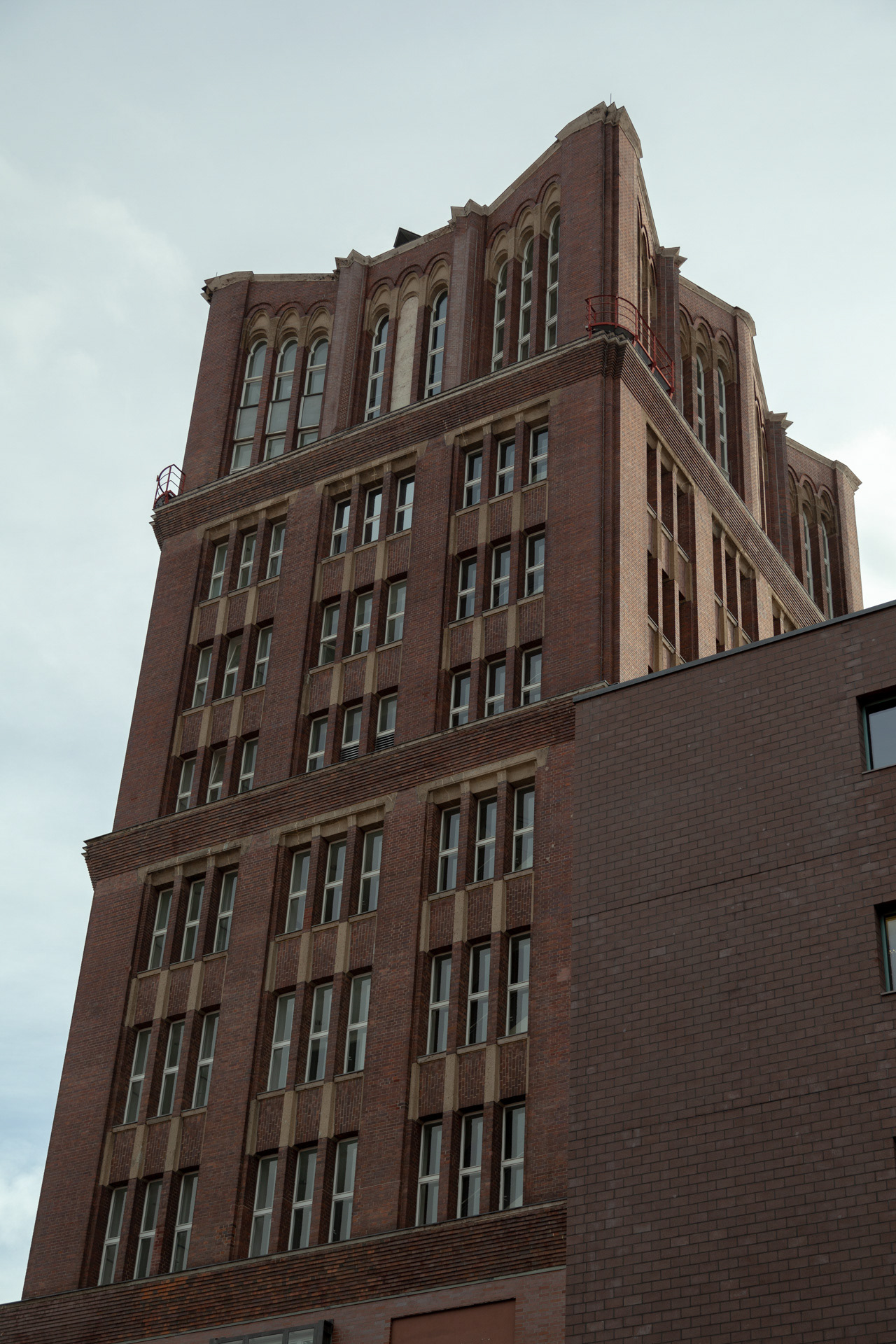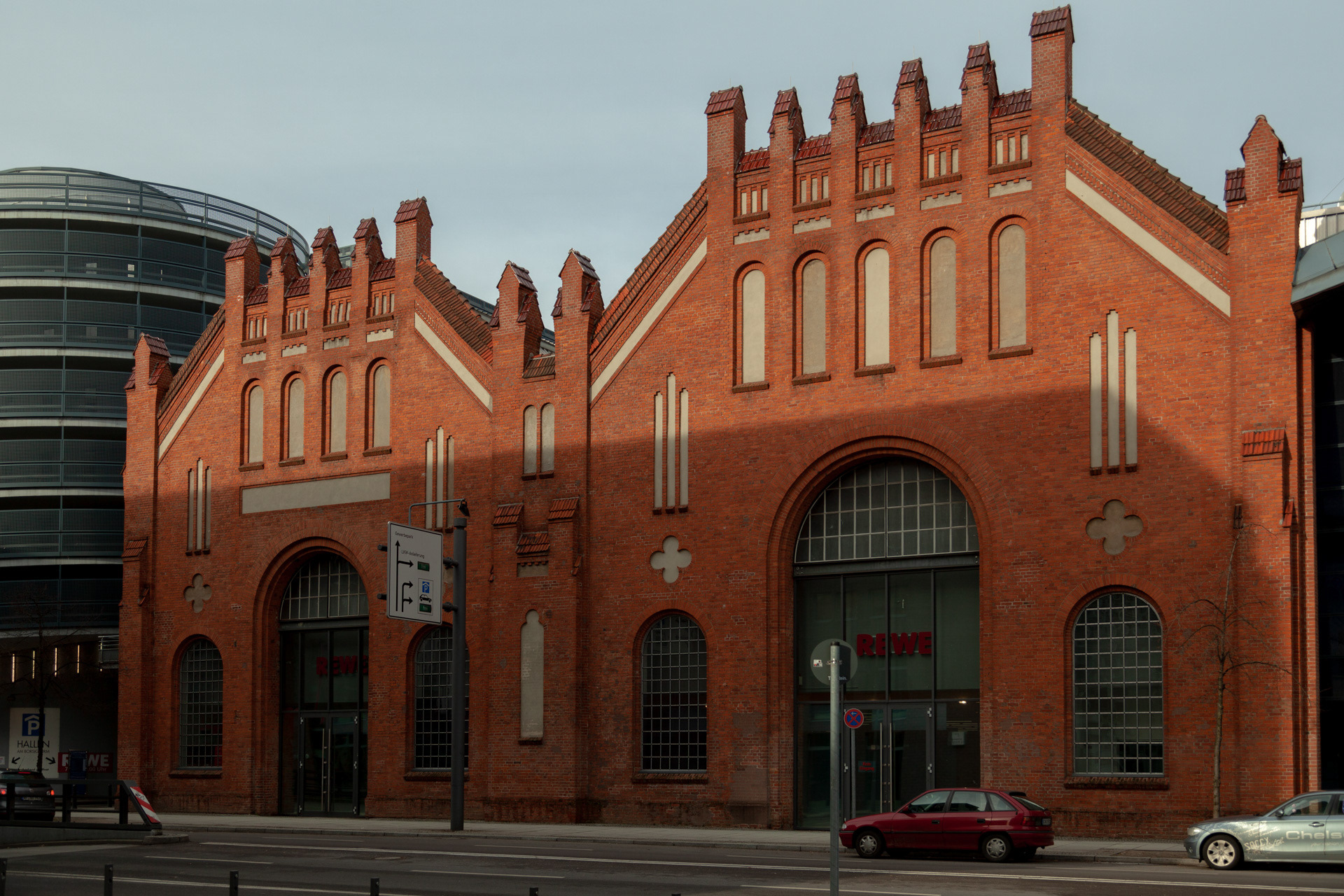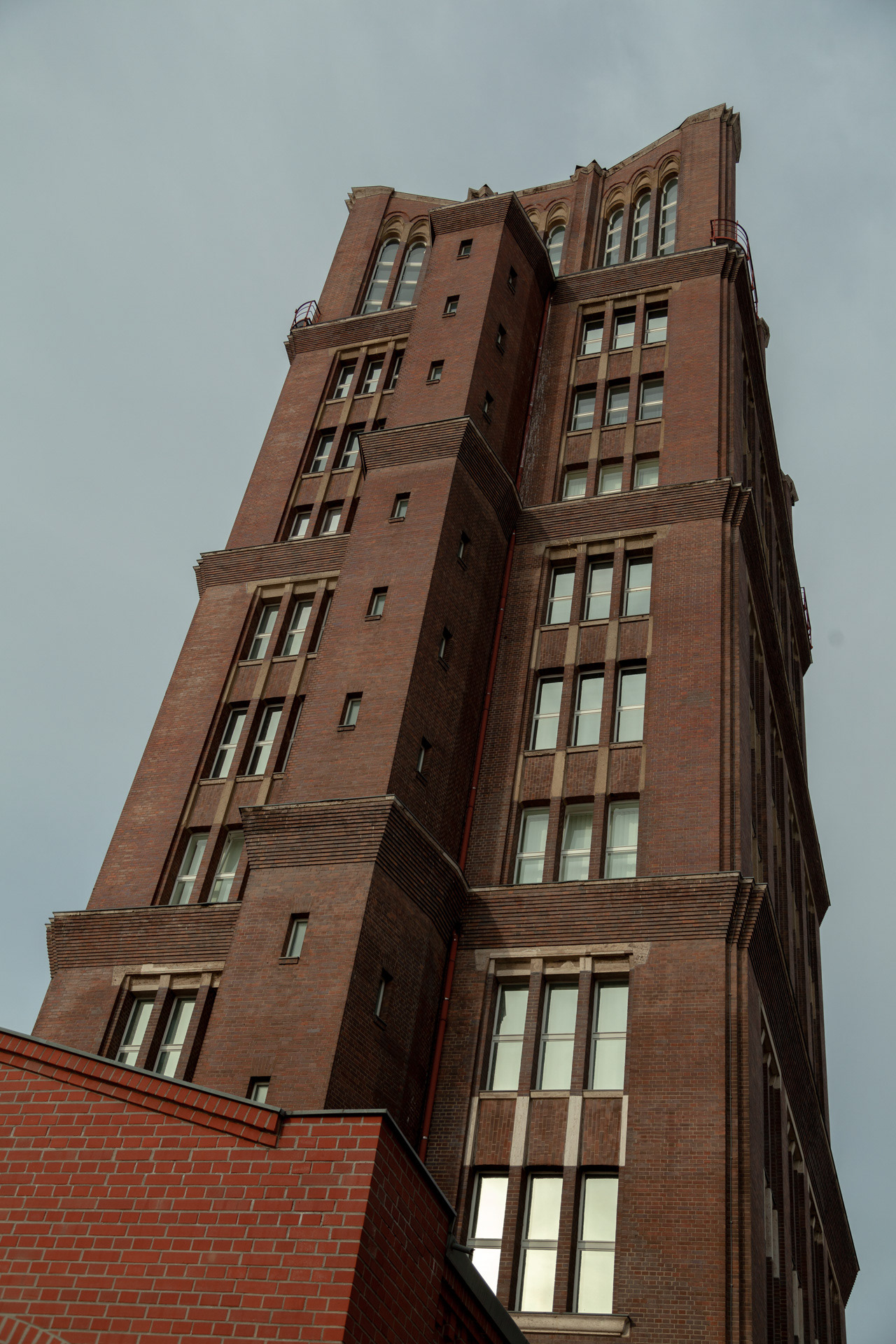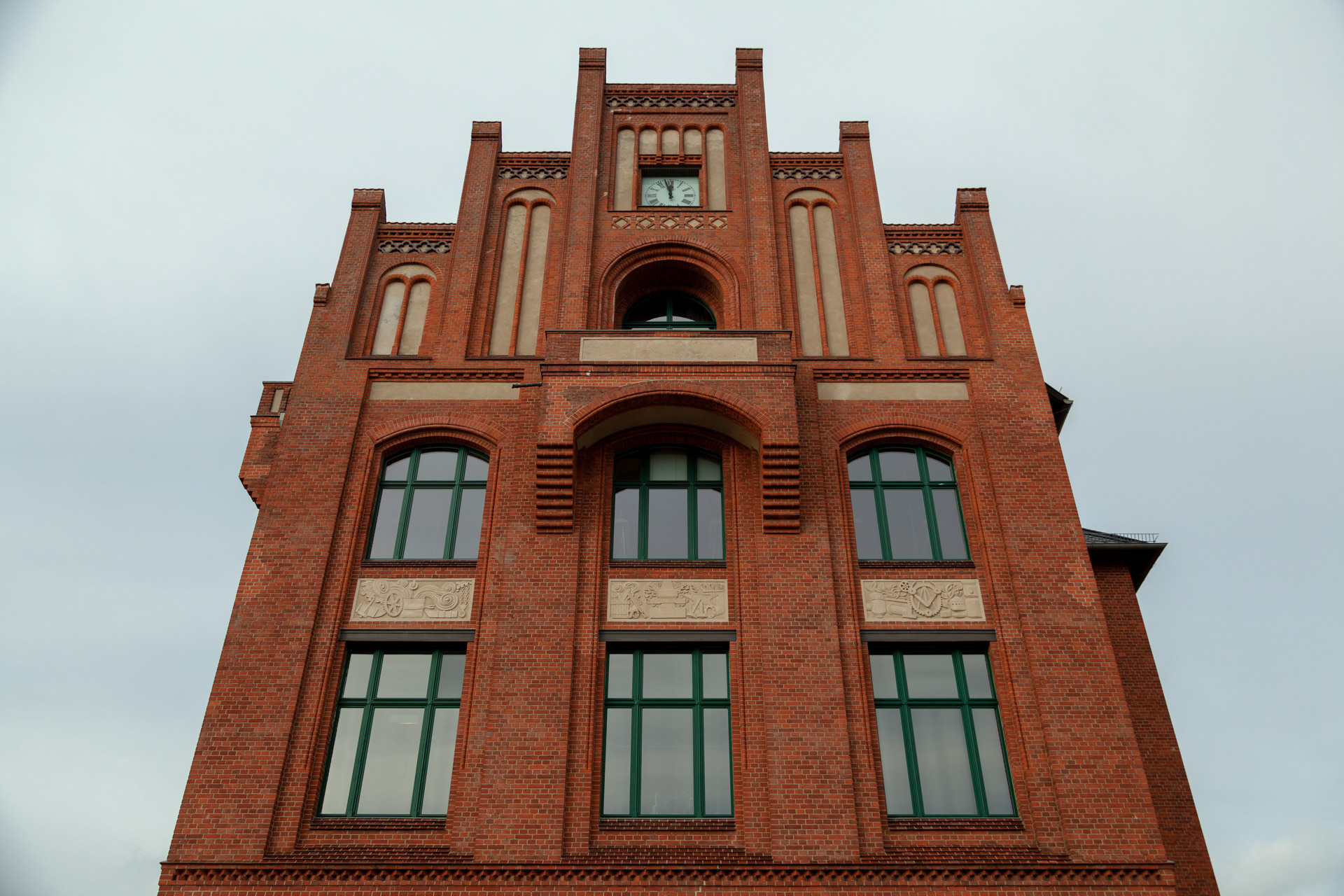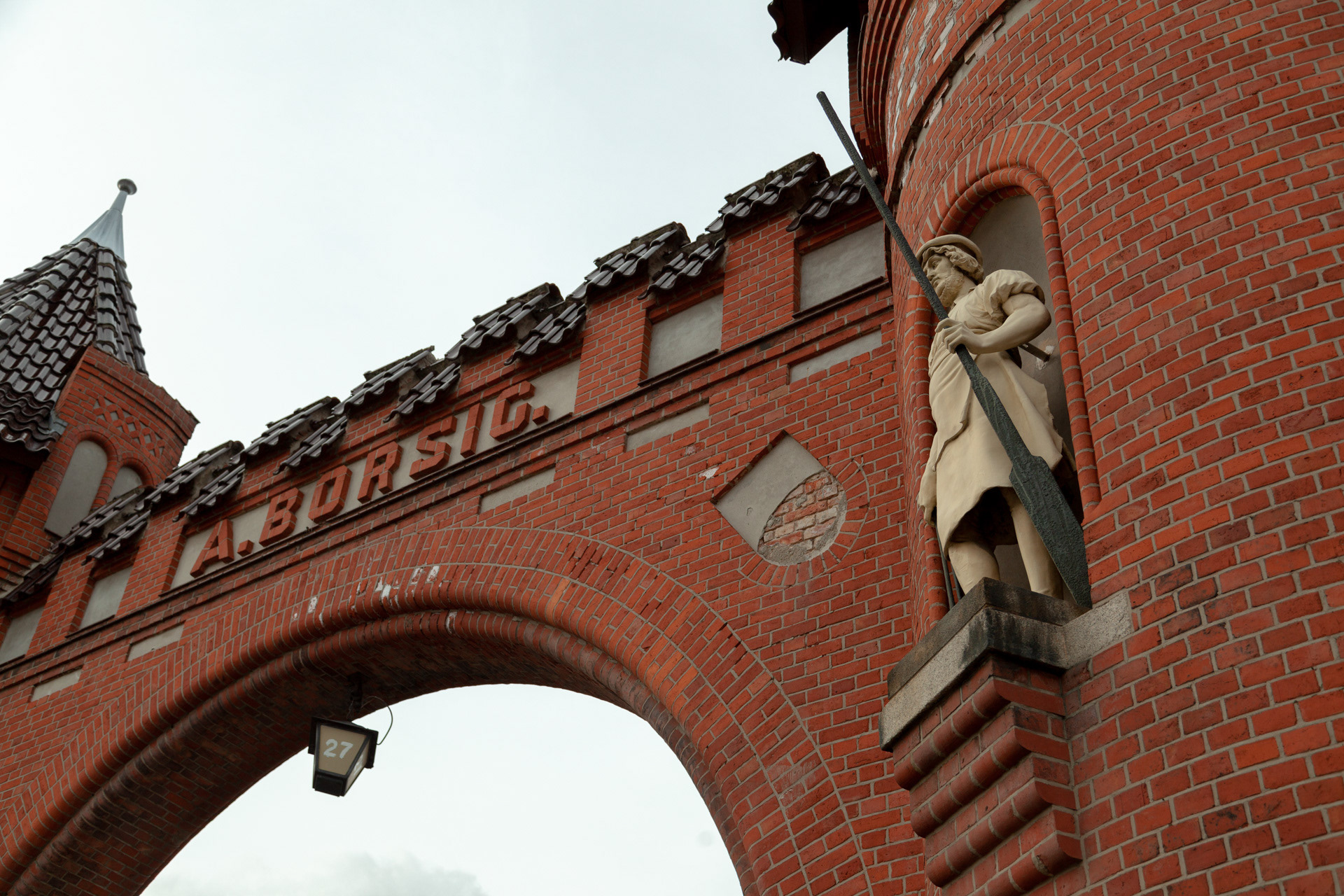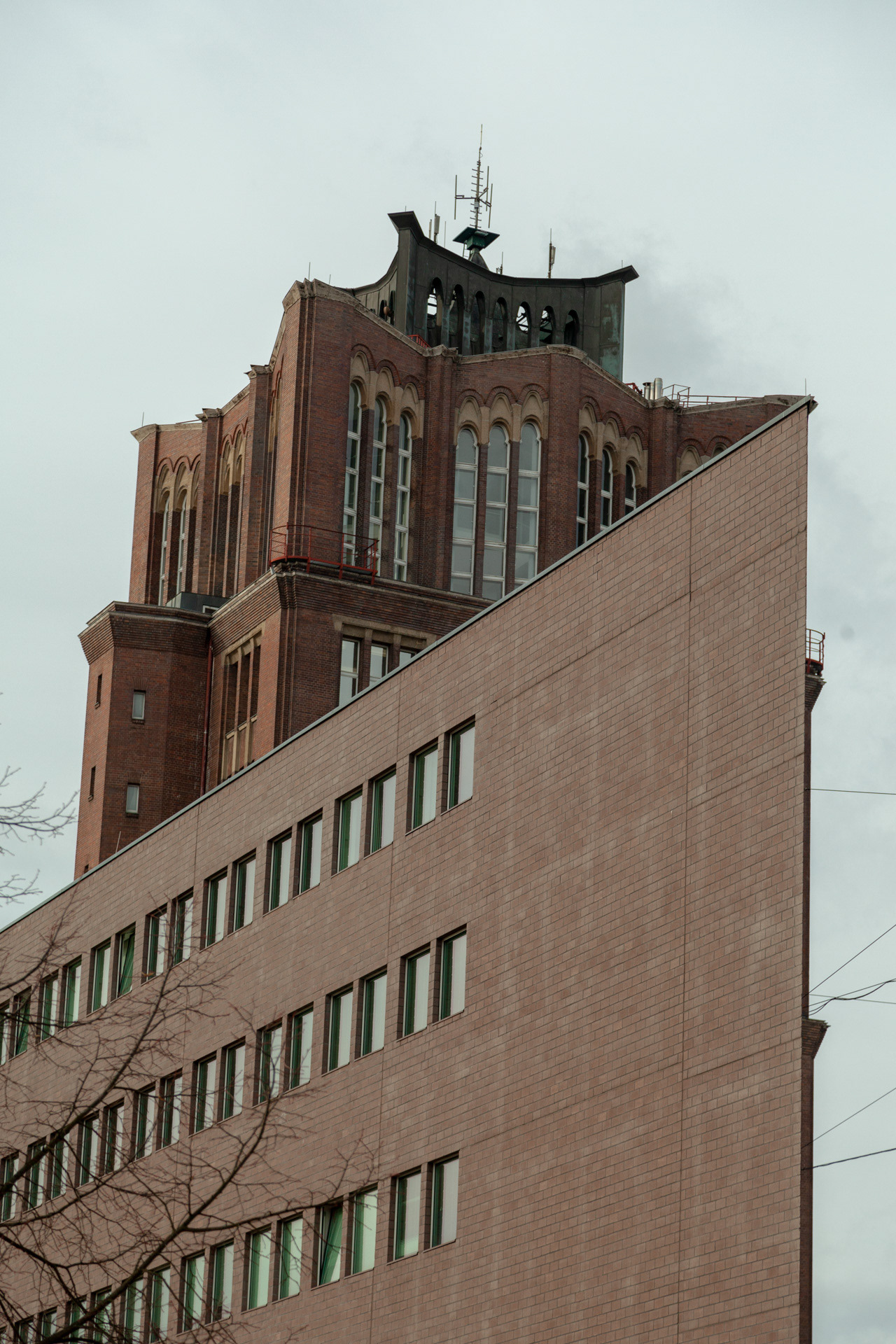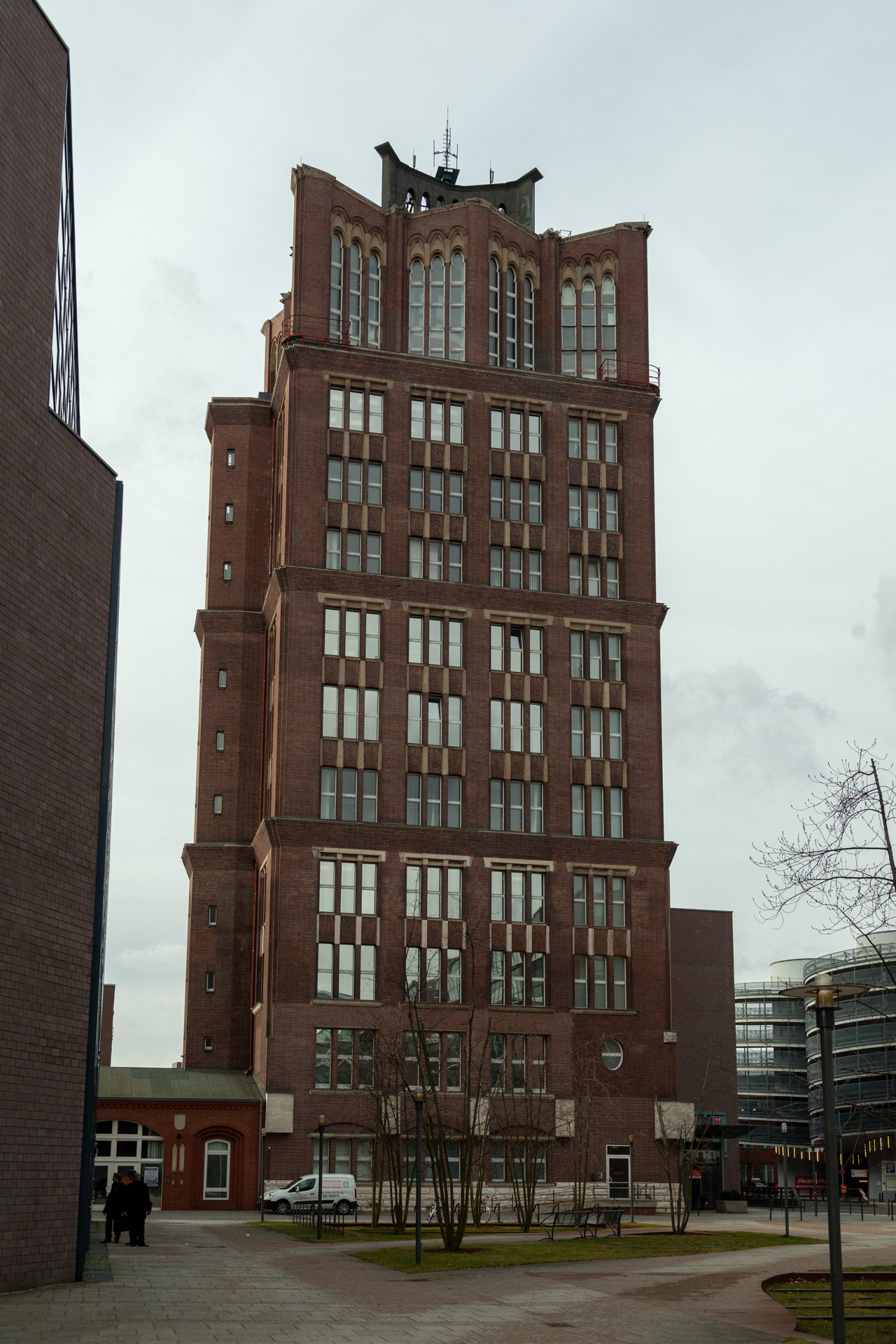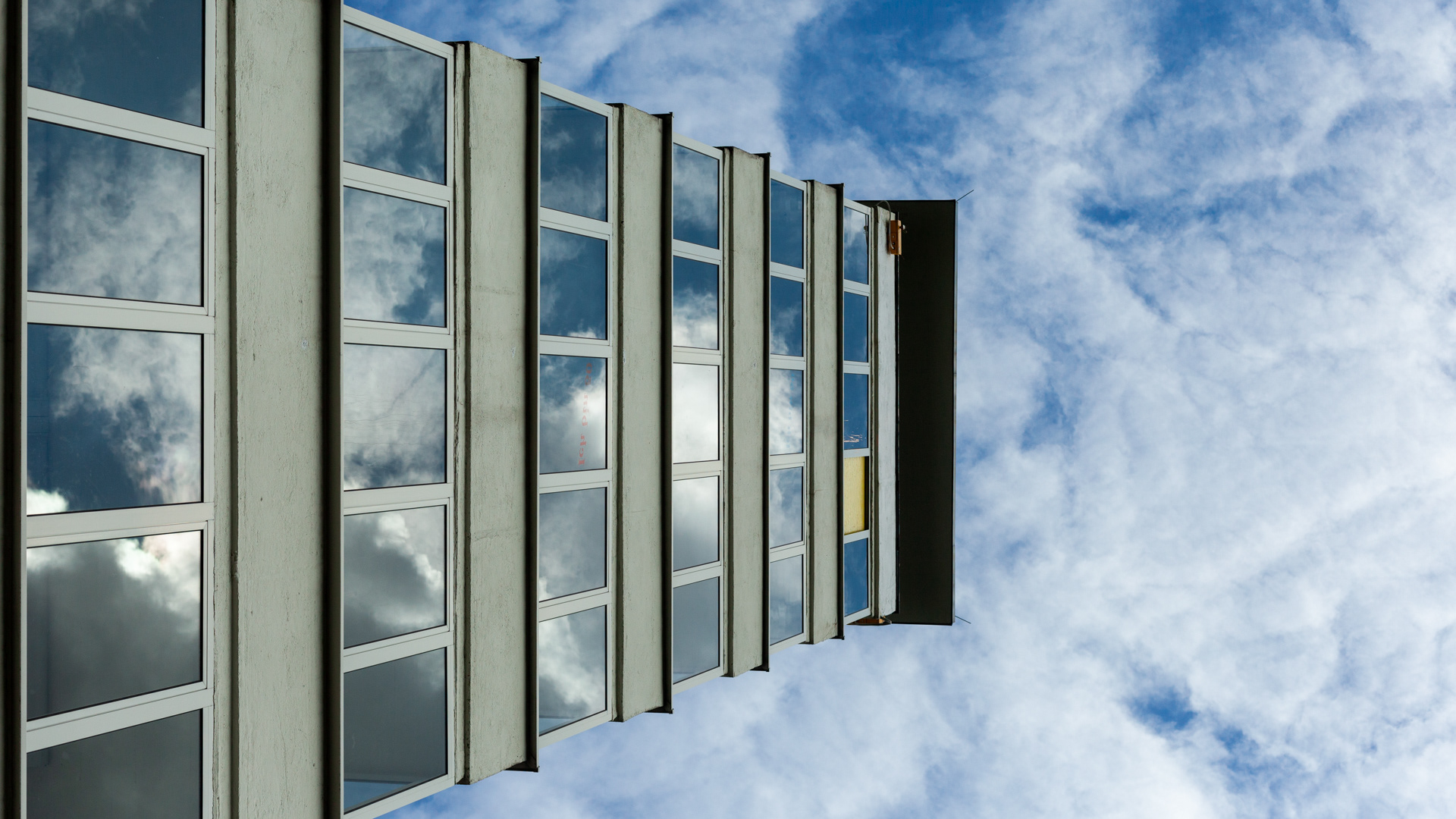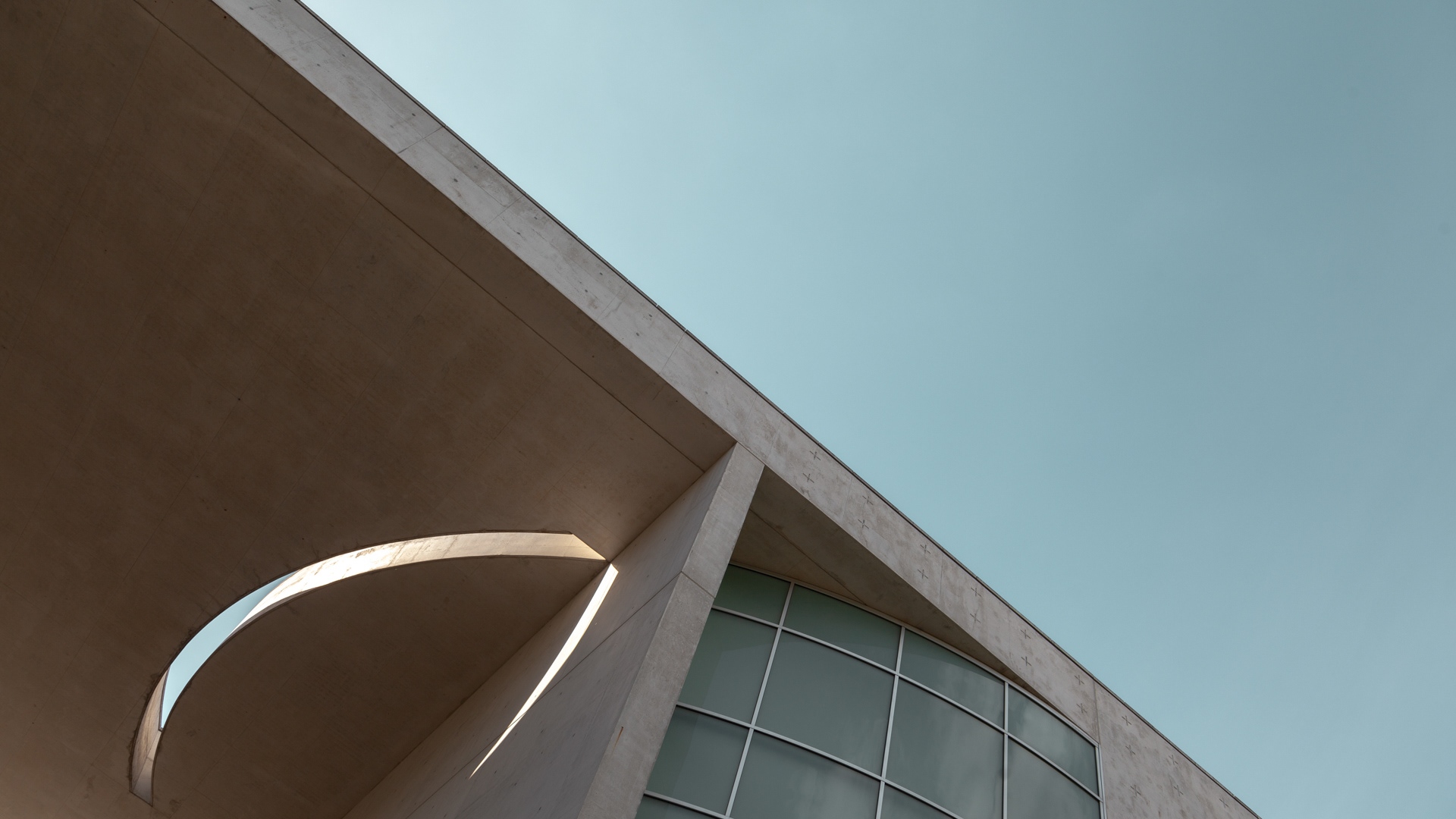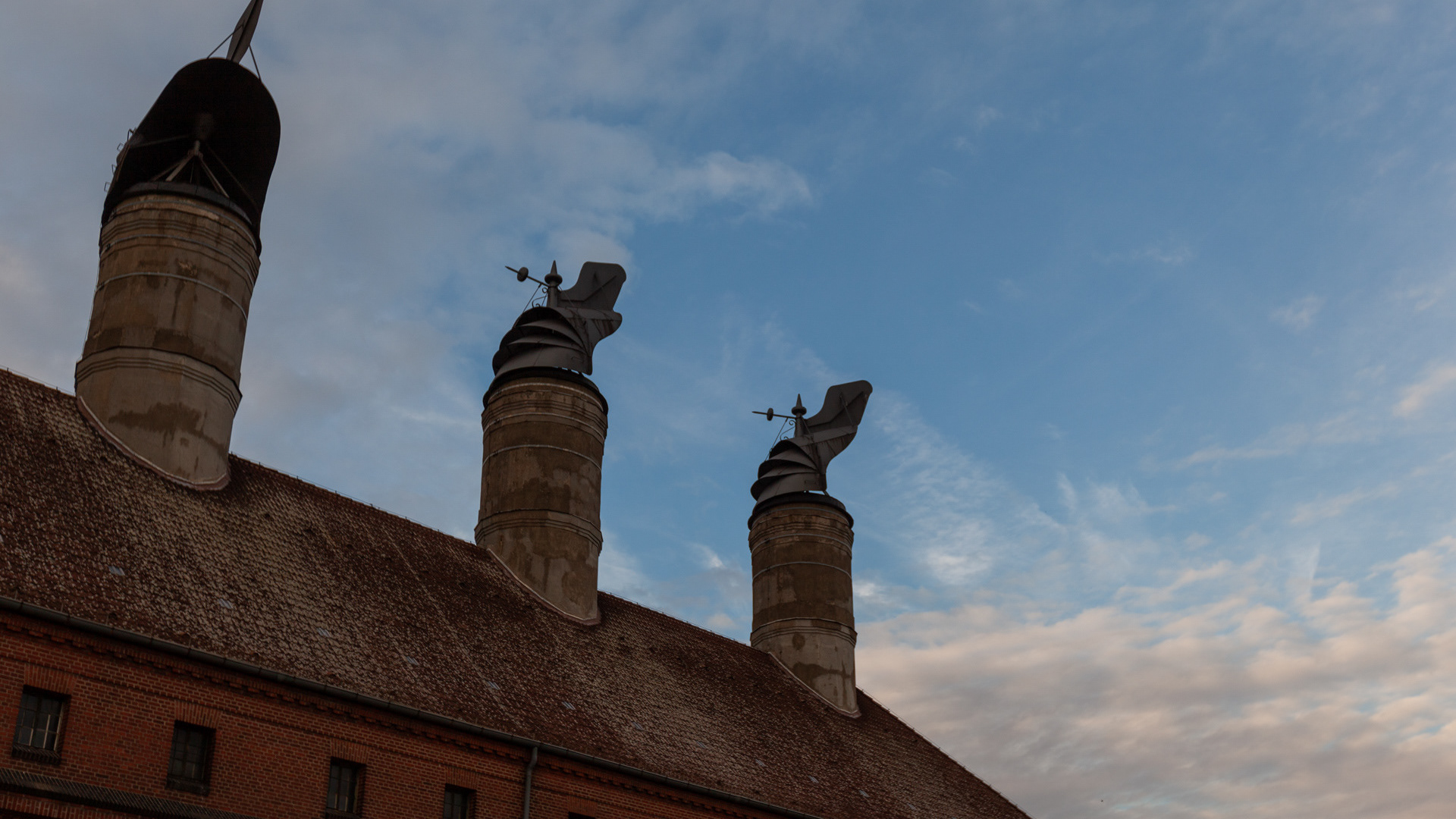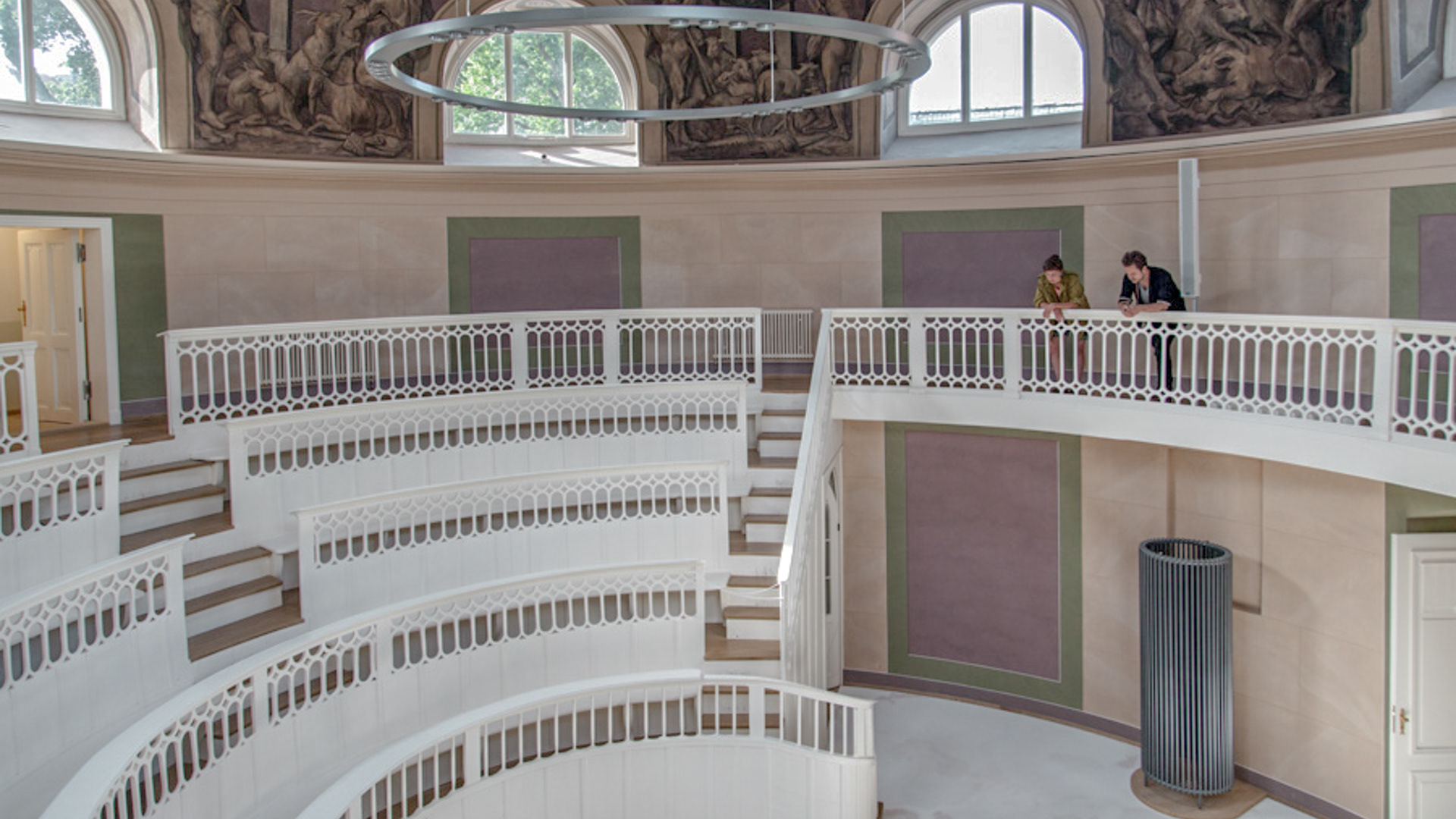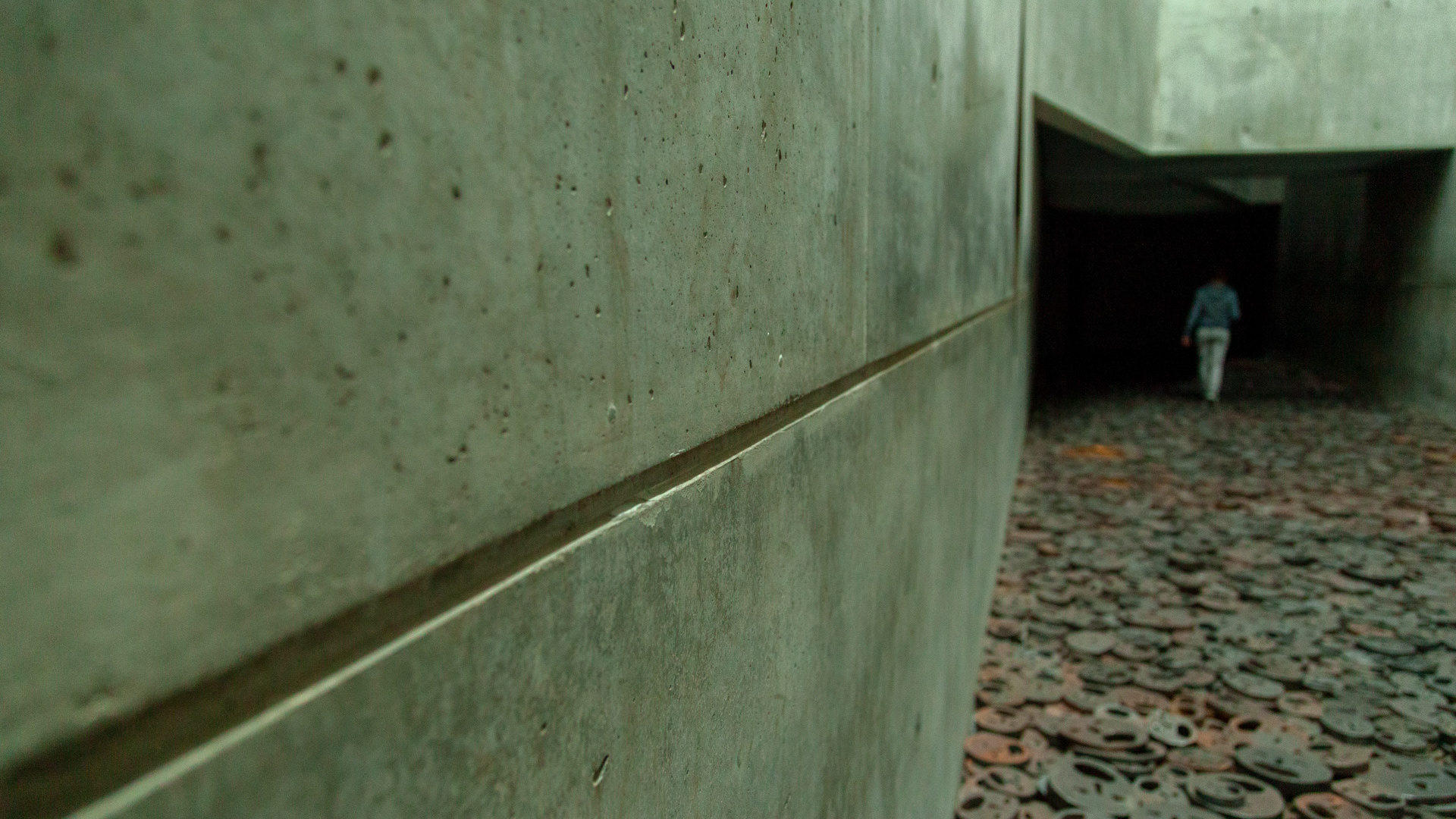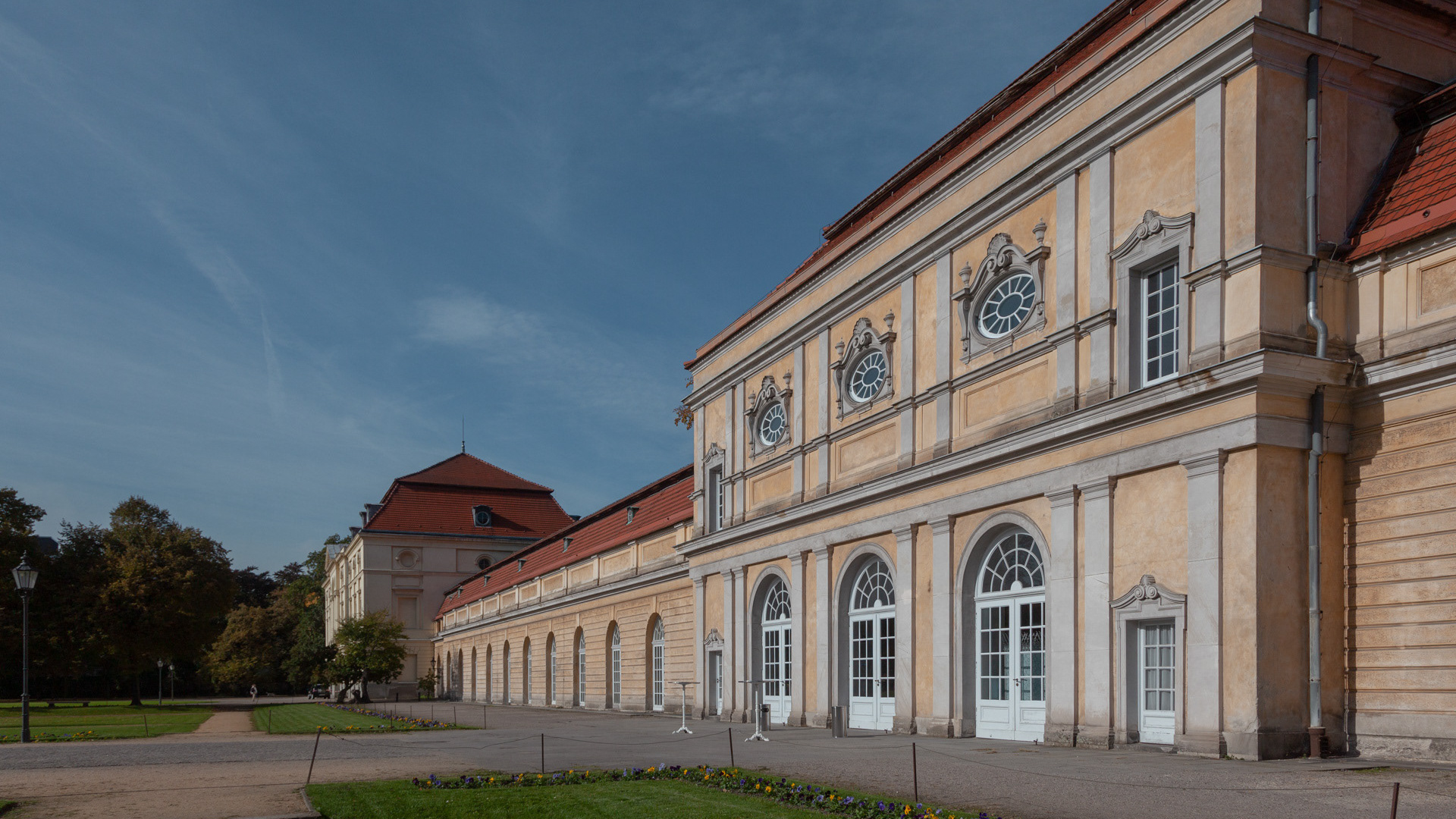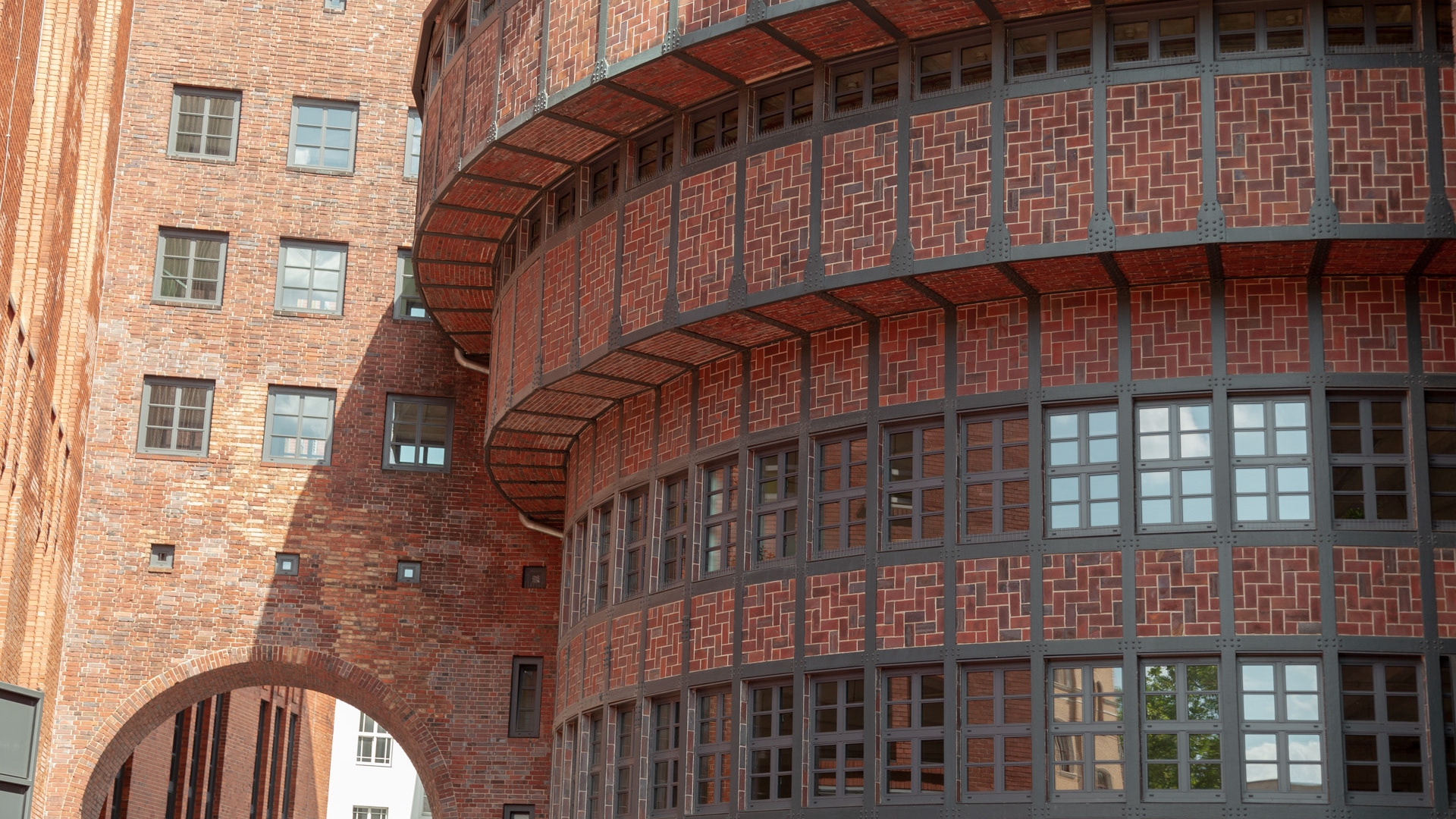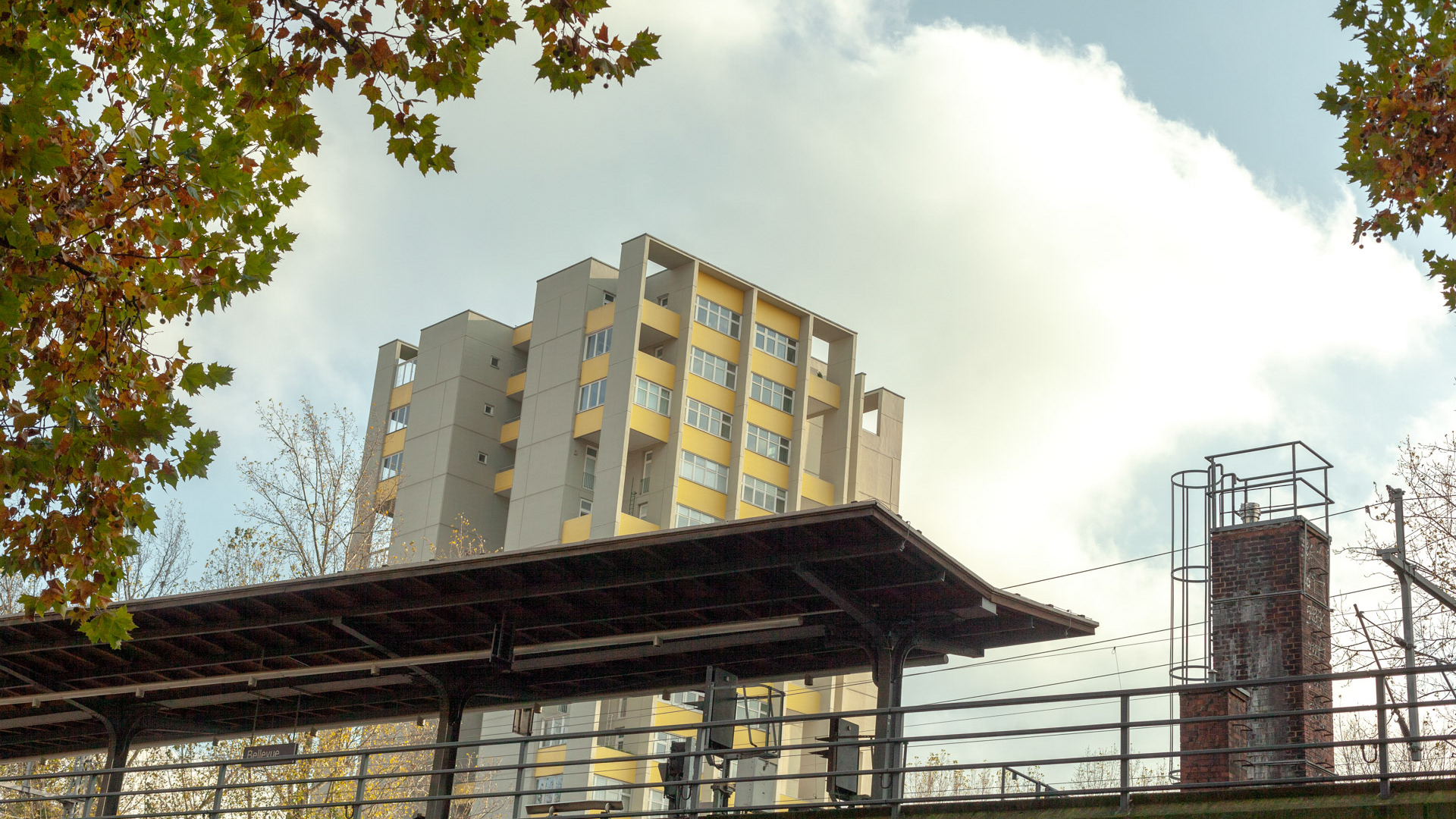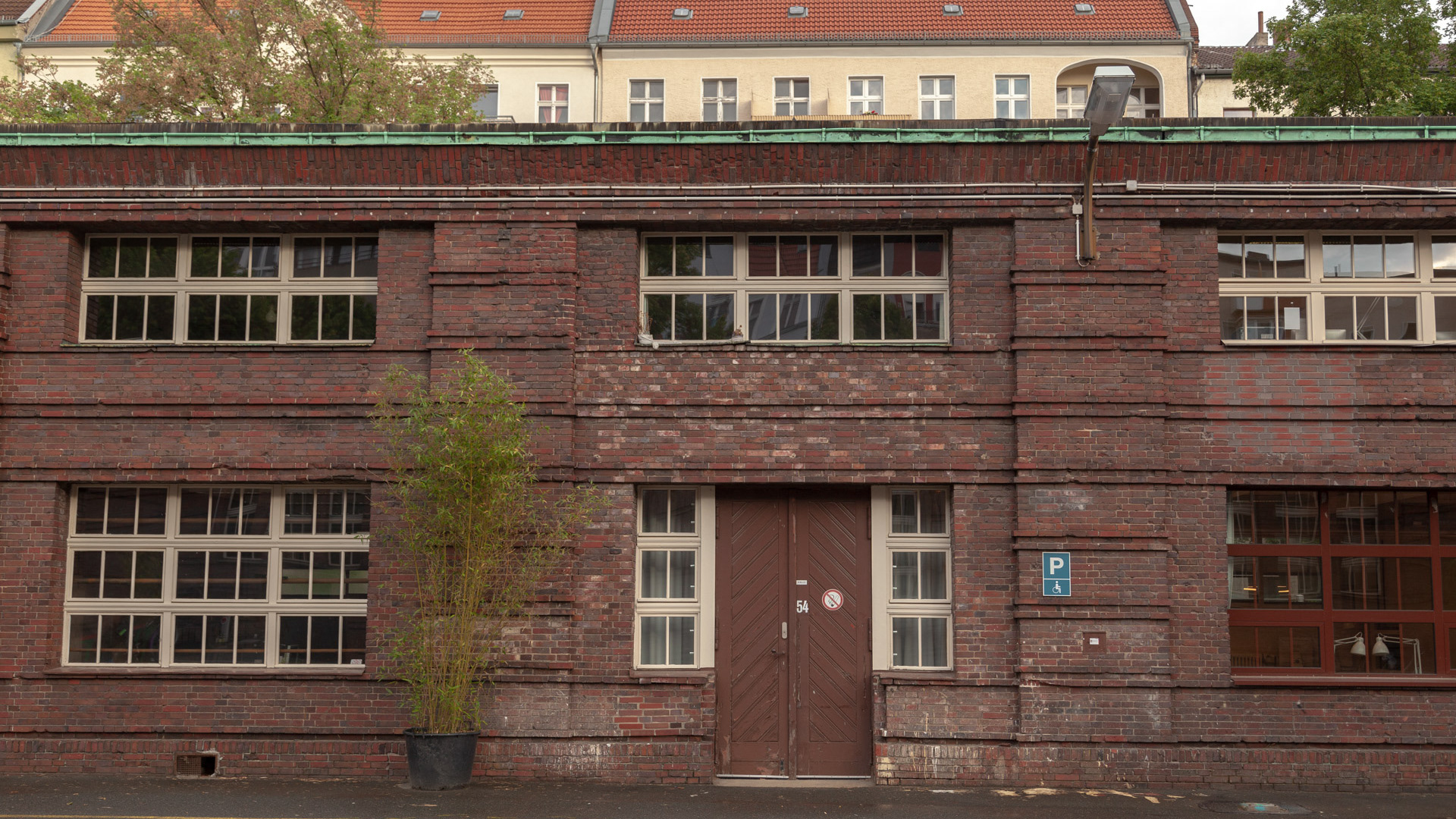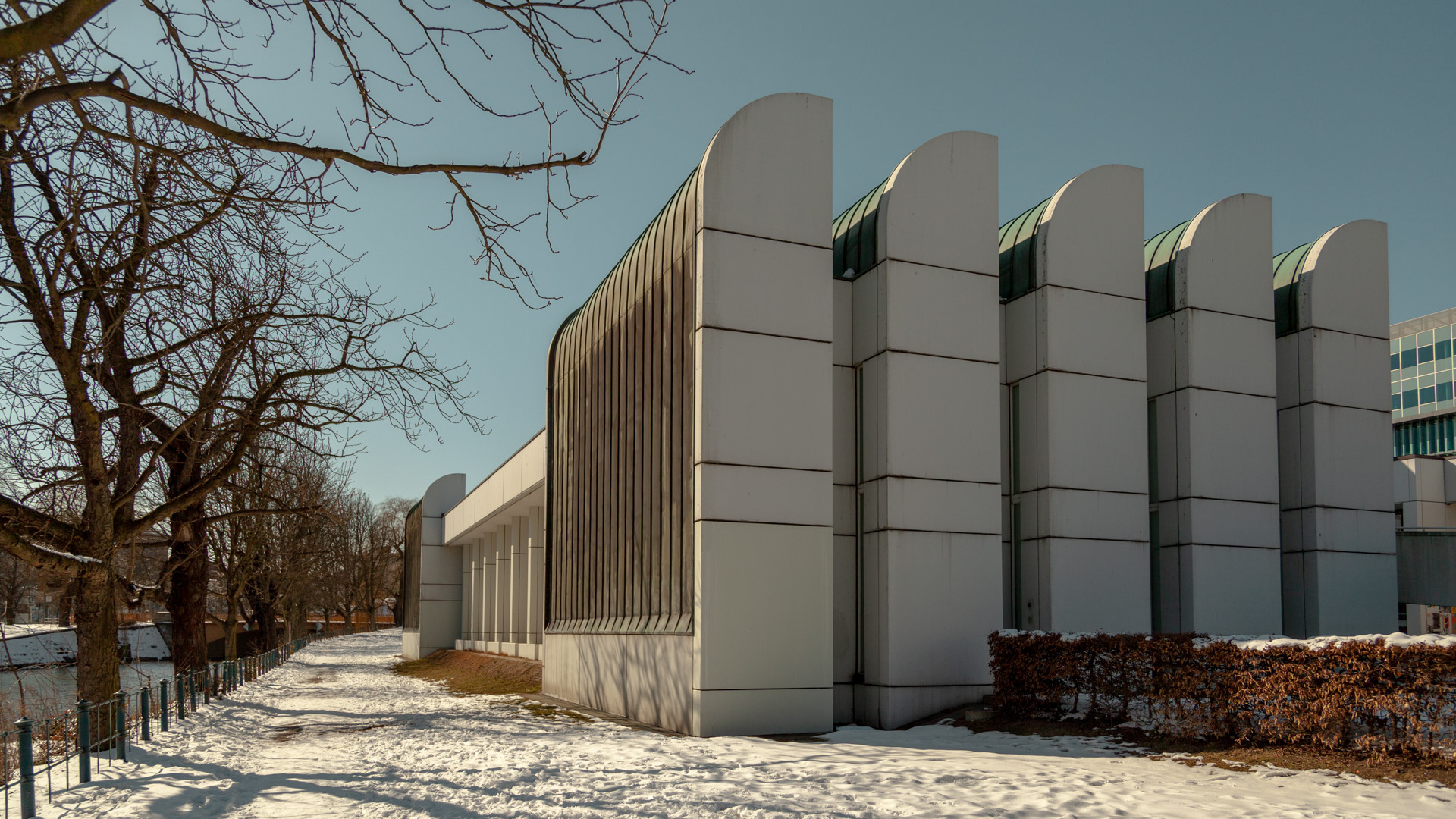After working for others, August Borsig decided to build his own locomotive in 1840 with the name "Borsig".
Starting from 1851 the company received export orders from the Warsaw-Vienna railway and the Zeeland railway . From 1845 to 1847, the company built a total of 170 locomotives.
In addition to these contracts Borsig worked at the same time at the fountain system in Sanssouci, for which he supplied the steam pumping station.
His company grew massively during that time because everywhere in Germany, new rail lines were laid.
In 1872 the Borsig company was the largest in Europe, and in addition to the Baldwin Locomotive Works in the United States, the world's second largest locomotive supplier.
Borsig set up for his workers a health insurance company, a burial fund and a savings bank.
These photos are from the new factory opened in Tegel in 1898, which was accessible only by water and by rail. In this new place is were manufactured not only steam engines and locomotives, but also refrigerators, marine steam engine and steam plows.
In 1930, the company was on the verge of liquidation, but was preserved in 1931 through a merger with the AEG, then in the years it was nationalized, merged with other companies and it changed names several times. In 1922 The Borsig tower served initially as a water tower, by installing a water tank on the ninth floor, but then it was used as an office building, a symbol of the Borsigwerke. In the 1970s and 1990s it was renovated and reused as an office building. The interior was not accessible to visitors until 2009.
Starting from 1851 the company received export orders from the Warsaw-Vienna railway and the Zeeland railway . From 1845 to 1847, the company built a total of 170 locomotives.
In addition to these contracts Borsig worked at the same time at the fountain system in Sanssouci, for which he supplied the steam pumping station.
His company grew massively during that time because everywhere in Germany, new rail lines were laid.
In 1872 the Borsig company was the largest in Europe, and in addition to the Baldwin Locomotive Works in the United States, the world's second largest locomotive supplier.
Borsig set up for his workers a health insurance company, a burial fund and a savings bank.
These photos are from the new factory opened in Tegel in 1898, which was accessible only by water and by rail. In this new place is were manufactured not only steam engines and locomotives, but also refrigerators, marine steam engine and steam plows.
In 1930, the company was on the verge of liquidation, but was preserved in 1931 through a merger with the AEG, then in the years it was nationalized, merged with other companies and it changed names several times. In 1922 The Borsig tower served initially as a water tower, by installing a water tank on the ninth floor, but then it was used as an office building, a symbol of the Borsigwerke. In the 1970s and 1990s it was renovated and reused as an office building. The interior was not accessible to visitors until 2009.
